Free Rocks and Minerals Packet
Are you studying Rocks and Minerals?! This post has a free packet, great for supplementing your Rocks and Minerals Unit. Find out more below! And be sure to check out the links to some of the fun hands-on activities we did while studying sedimentary, igneous and metamorphic rocks.
We wrapped our chemistry unit and spent a few weeks on vertebrates and invertebrates. It was time to tackle a new unit on rocks and minerals. I’m using a science textbook as a spine for my preschooler; the next unit in her books was on rocks, minerals and natural resources. I couldn’t find exactly what I wanted for ED, so I created a new unit on rocks and minerals myself. This time around I especially wanted to cover how rocks and minerals are used.
We’ve studied earth science before. I wanted to come at this unit from a different angle so we’d all learn something new.
This unit goes over some basic vocabulary, but since ED doesn’t read yet, I limited what she had to write to tracing. (I made a second set that has fill-in-the-blanks for the other two, starting on p. 14. They’ll quickly go through these sheets as well and will add them to their science notebooks.)
This packet covers how rocks have been used (for walls, buildings, roads, etc.) and some famous rock landmarks (Uluru, Arches, the Rock of Gibraltar, among others). It covers some basic facts about rocks and explores how we use minerals in our environment. It also goes into mining and recycling as these are two topics we haven’t covered in earth science. Finally, the packet covers the months and birthstones.
Rocks and Minerals Unit Worksheets
This is 26 pages. Pages 1-13 are for younger kids (preK or K); pages 14-26 are better suited to slightly older kids.
New Rocks and Minerals Unit!
The material above was made many years ago when my kids were quite little. I have made a huge new 100+ page Rocks and Minerals Unit!
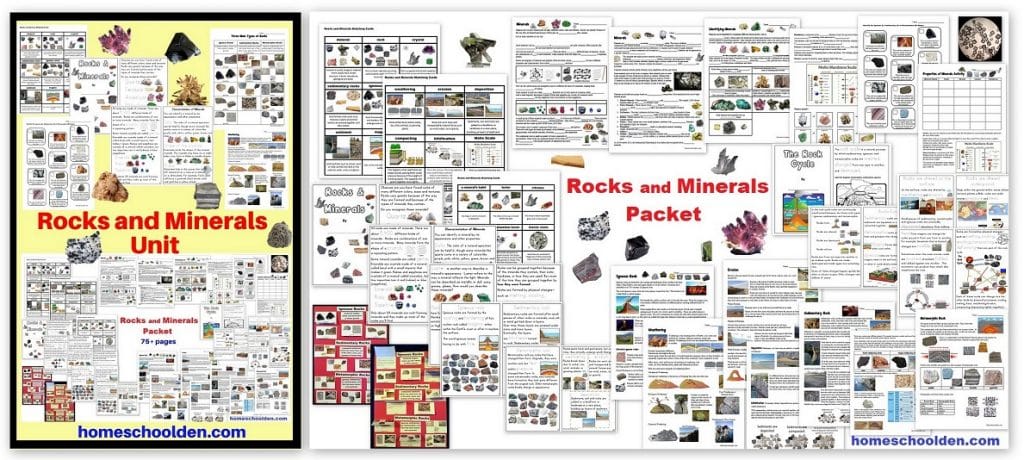
In our Rocks & Minerals Unit, we went into a lot of detail about the types of minerals, identifying minerals – crystalline structures, the characteristics of minerals (color, streak, luster, hardness), the Mohs Hardness Scale, how rocks are formed, weathering, erosion, the lithification process, different types of igneous, sedimentary & metamorphic rocks and more. This packet includes notebook pages, worksheets, a lapbook, lab activities, vocabulary cards, booklets and more!
We started the unit off reading a few easy-reader type books about rocks for ED. Some books that might work for your preschooler (these are affiliate links):
- Explore Rocks and Minerals!: 25 Great Projects, Activities, Experiements We used this book a lot for this unit.
- Geology Rocks!: 50 Hands-On Activities to Explore the Earth We used this book so much from the library that we wound up purchasing our own copy.
- National Geographic Kids Everything Rocks and Minerals: Dazzling gems of photos and info that will rock your world
- Smithsonian Handbooks: Rocks & Minerals (Smithsonian Handbooks)
- DK Eyewitness Books: Rocks & Minerals
Update: This series by Ellen Lawrence is available at our local library now and are definitely worth a mention! (These are affiliate links):
- What Are Rocks Made Of? (Science Slam!: Rock-Ology)
- How Do Volcanoes Make Rock?: A Look at Igneous Rock (Rock-Ology)
- Baking and Crushing: A Look at Metamorphic Rock (Rock-Ology)
- How Do Water and Wind Change Rock?: A Look at Sedimentary Rock (Rock-Ology)
Then we filled out the first few pages of the packet. Below the kids are filling out the page on what rocks are used for (roads, walls, statues, buildings, etc.):
Meanwhile, DD and LD are also reading through the new Geology student textbook from Real Science 4 Kids. (affiliate link) It was just published in December.
We read the first chapter about what geologists do and then we spent time outside doing our own geological exploration! (Any excuse to spend time outdoors, right?!)
The kids came in with a bagful of rocks. They dried them off and spent quite a bit of time just observing their samples. We’ll use their rocks in another few days after we talk in more depth about the different types of rocks. Above DD was showing me how the rock she collected flaked into small bits.
We continued on with a discussion of the three types of rocks and some (yummy) activities, but I’ll save those activities and that download for another day.
For this unit, we used two books in particular for our hands-on activities:
We really loved Explore Rocks and Minerals!: 25 Great Projects, Activities, Experiements (affiliate link)
Geology Rocks!: 50 Hands-On Activities to Explore the Earth (affiliate link) was really great for the age of my kids. It had a lot of really fun ideas. We got it first from the library, but then I wound up purchasing it to have on hand!
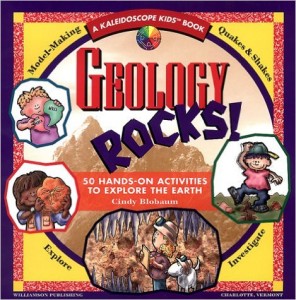
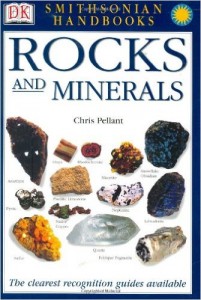
One book that talks specifically about metamorphic rocks is Baking and Crushing. It is recommended for grades 1-3. That goes right along with our “baked metamorphic rock activities here with crayons and here with cake and core sampling!
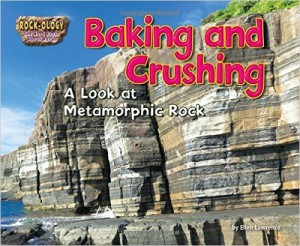
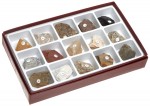
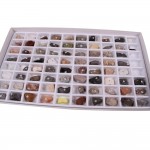
I shared some of our hands-on activities in these related posts (or go to the categories button in the right sidebar and select Rocks and Minerals to see all the activities we did):
- Igneous Rock Activities
- Sedimentary Rock Activities
- Sedimentary Rock Activity (much older post, using sand)
- Metamorphic Rock Activities
- Metamorphic Rock Activity (another older post, where we took “core samples,” excavated and examined this baked rock — a cupcake!)
- Minerals: Our Hands-On Activities and Seeing the BIGGEST Diamond in the World
- Earth-Space Science: Topographic Maps
If you are interested in catching up on some of our other activities, you might want to check out the Homeschool Den Facebook Page. I post a quick synopsis of each post so it’s an easy way to browse through things you may have missed. I share a lot of the materials I make for the kids — everything from science and history sheets and packets to some generic grammar worksheets. They’re all free.
If you found any of this useful, I’d love to hear from you over at my Homeschool Den Facebook Page! 🙂 ~Liesl
Disclosure: Please note that some of the links above are affiliate links, and at no additional cost to you, I will earn a commission if you decide to make a purchase.
New Rocks and Minerals Unit!
In our Rocks & Minerals Unit, we went into a lot of detail about the types of minerals, identifying minerals – crystalline structures, the characteristics of minerals (color, streak, luster, hardness), the Mohs Hardness Scale, how rocks are formed, weathering, erosion, the lithification process, different types of igneous, sedimentary & metamorphic rocks and more. This packet includes notebook pages, worksheets, a lapbook, lab activities, vocabulary cards, booklets and more!
See more details about the Rocks and Mineral Unit here.
$7.99 Rocks and Minerals Unit 100+ pages
Don’t forget to check your PayPal email account for your download link! If you have any questions or problems feel free to email me or check out the FAQ.
This unit is included in our Earth Science BUNDLE. More details about the Earth Science Bundle Options here.
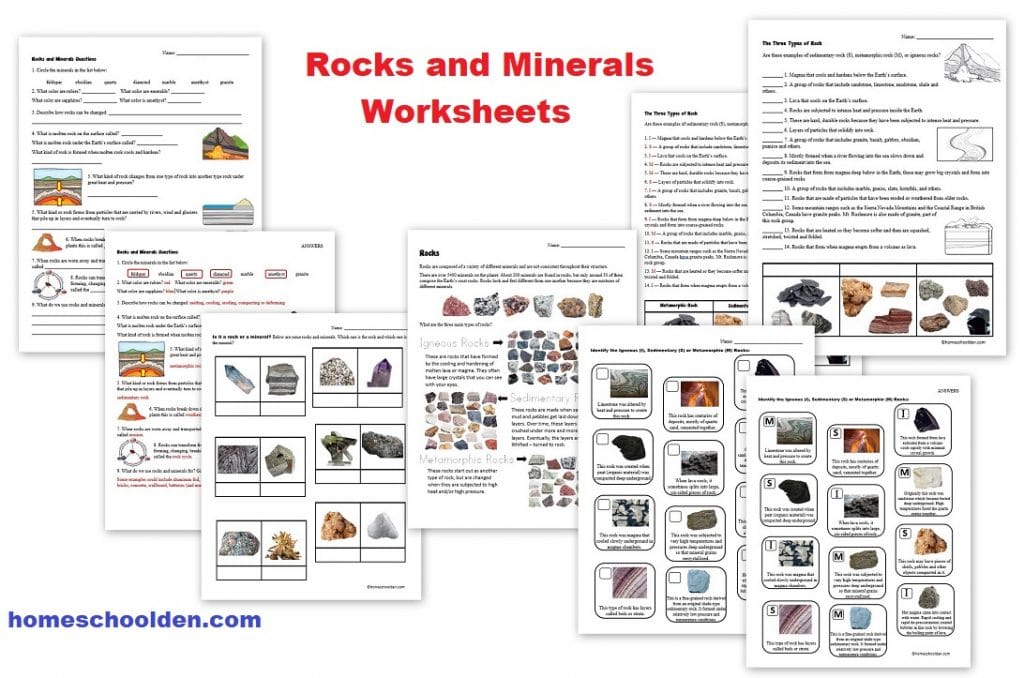
The Rocks and Minerals Unit is also available in the Earth Science & Physical Science Bundle of 10. See details here:
Our 150+ Page Earth Science Packet:
- Learn how to make a earthquake shake table, hands-on activities to learn about tectonic plate movement, more than a dozen hands-on activities
- Topics include: Solar System, Layers of the Earth, Earth’s Axis and the Seasons, Latitude and Longitude, Plate Tectonics, Earthquakes, Volcanoes, 4 Types of Mountains
To purchase the Earth Science Packet, visit our Store!
Earth Science Packet: We did a ton of hands-on activities as we studied
- the solar system
- layers of the Earth, Earth’s axis
- compass directions, compass rose, how to use a compass
- Earth’s geologic timeline
- equator, latitude, longitude — Using a globe to determine latitude and longitude
- Pangaea and continental drift
- understanding convection currents
- tectonic plates
- 4 types of mountains
- 3 types of faults
- earthquakes and faults
- volcanoes – volcanic terms, types of volcanoes
- earthquakes and building construction, earthquake shake table
You might also want to check out our Layers of the Atmosphere Packet
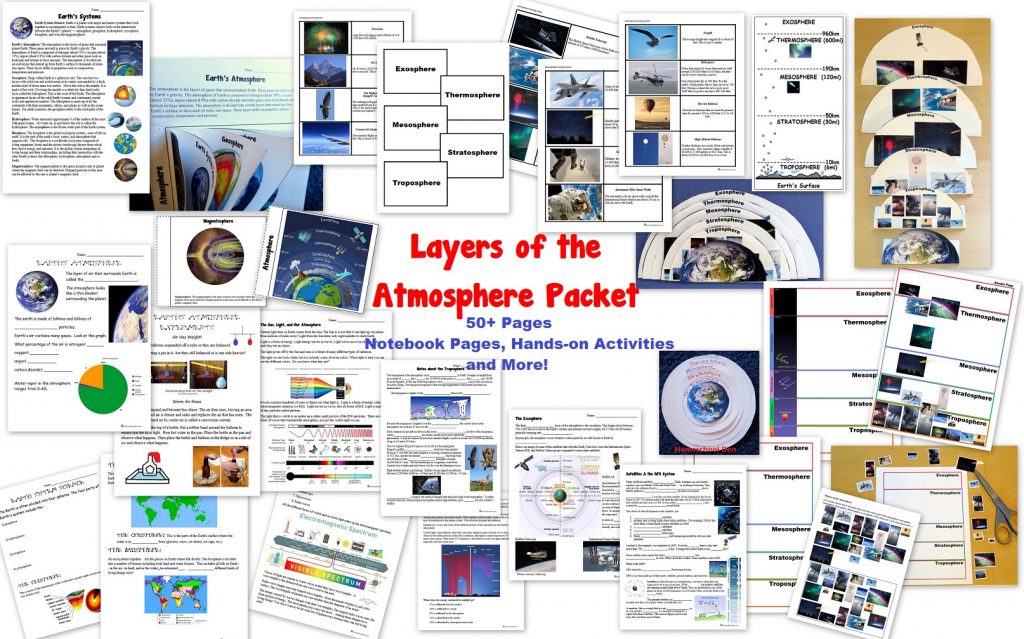
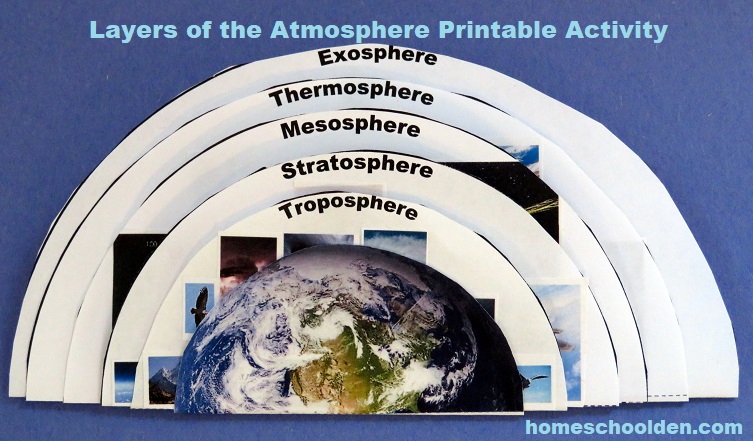
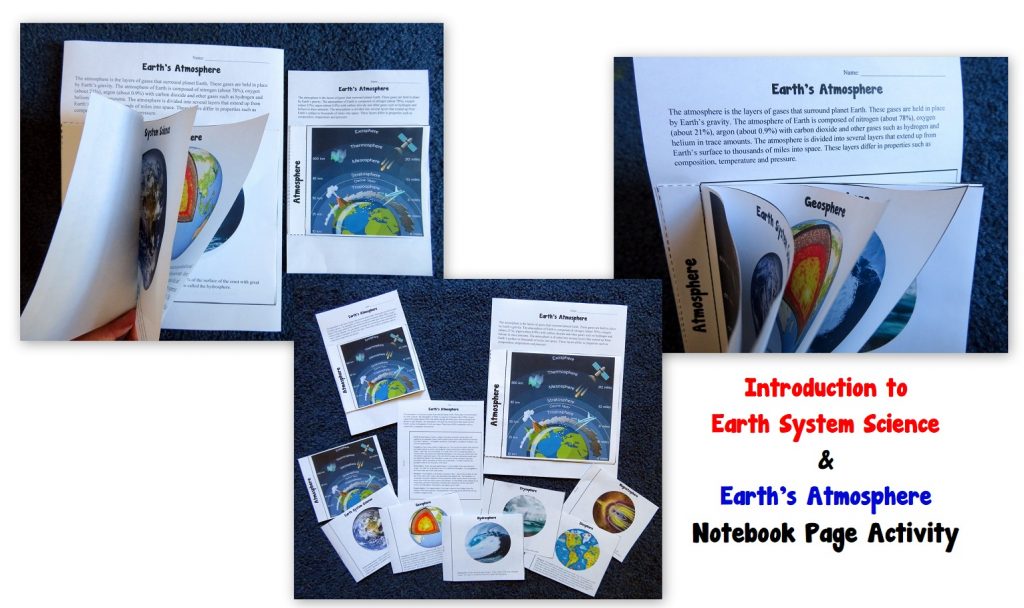
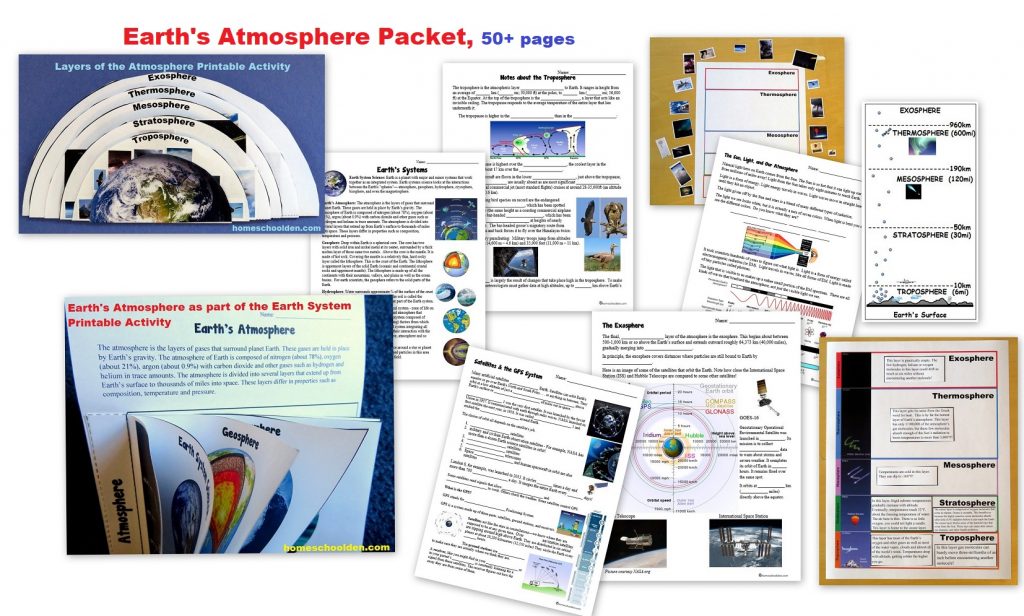
The Earth Science Packet can bundled with our Layers of the Atmosphere Packet
You might also be interested in these related posts:
- Learning about the Solar System – Including the hands-on kit the kids loved assembling and painting.
- Earth Science: Timeline of Earth Activity – A Montessori activity that is meant to impress kids with the enormity of time on Earth.
- Earth Science: Layers of the Earth hands-on Activity
- Earth’s Geologic Timeline – How scientists divide Earth’s history into eons and eras
- Learning about Latitude and Longitude, Using a Compass
- Earth Science: Plate Movement Hands-On Activities
- Earth Science: Layers of the Atmosphere
- Free Earth Science Packet: Layers of the Atmosphere
- How to Make a Shake Table – Earthquake Studies
- Hands-On Volcano Activities
If you are interested in catching up on some of our other activities, you might want to check out the Homeschool Den Facebook Page. I post a quick synopsis of each post so it’s an easy way to browse through things you may have missed. I share a lot of the materials I make for the kids — everything from science and history sheets and packets to some generic grammar worksheets.
If you found any of this useful, I’d love to hear from you! 🙂
See you again soon here or over at our Homeschool Den Facebook Page! Don’t miss out on future printables and packets; subscribe to our Homeschool Den Newsletter. ~Liesl
Be sure to check out our other packets:
Simple Machines Packet – This packet include our hands on activities on levers, wedges and more.
Digestive System Unit – This packet includes hands on activities about digestion, the length of the digestive tract and more
Biology Packet – The Biosphere
We talked a lot about the abiotic factors that make up an ecosystem (anything that is not living — climate, soil, weather, etc.), as well as touching on dominant plants and animals. We spent time on feeding relationships and biological interactions. So, we went over the basic terms like herbivores, carnivores, omnivores, detritivores. And, we also talked a lot about the more complex biological interactions — from mutualism,when two species interact and both get something positive out of the interaction, to various forms of amensalism – when one organism benefits and the other is harmed and/or destroyed like parasitism, competition and antibiosis. We talked about the food chain and food webs as well as the difference between habitats, ecosystems, and biomes.
After our Biology/Biosphere Unit, we went on to study the hydrosphere — ie. the ocean. Find out more about our ocean unit here:
You might also be interested in these general science posts:
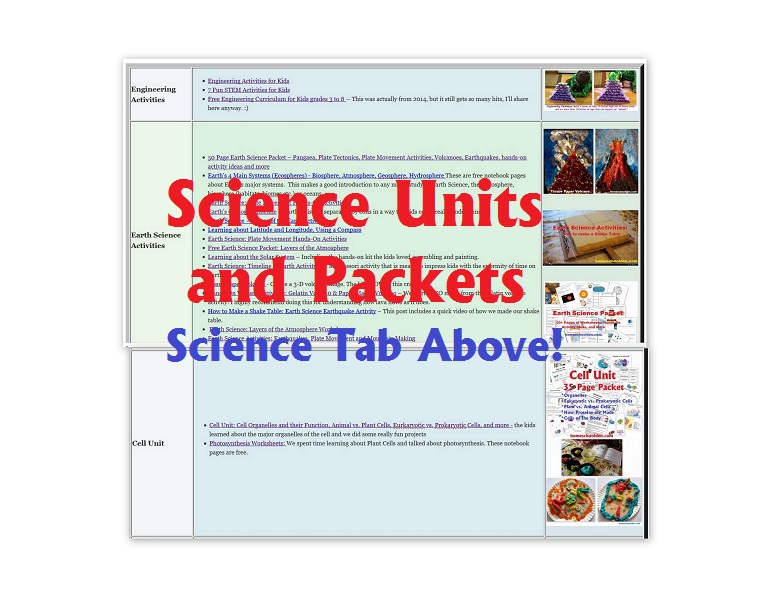
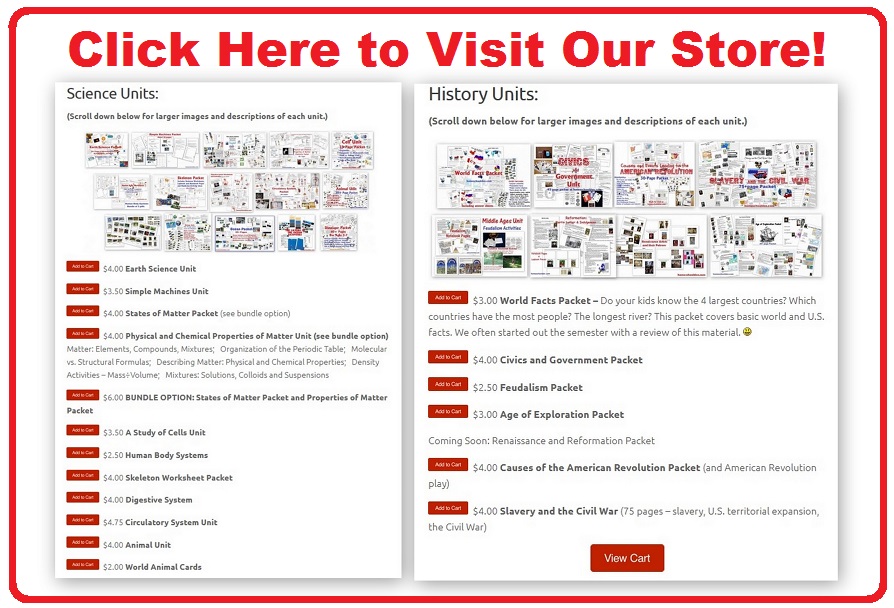
The Welcome Series includes 5 packed emails… with tips on homeschooling, keeping motivated, finding various resources and freebies tucked away on the blog and more!
Plus, you’ll be the first to hear about new packets (generally offered at a discount when they are first released), seasonal resources and more!
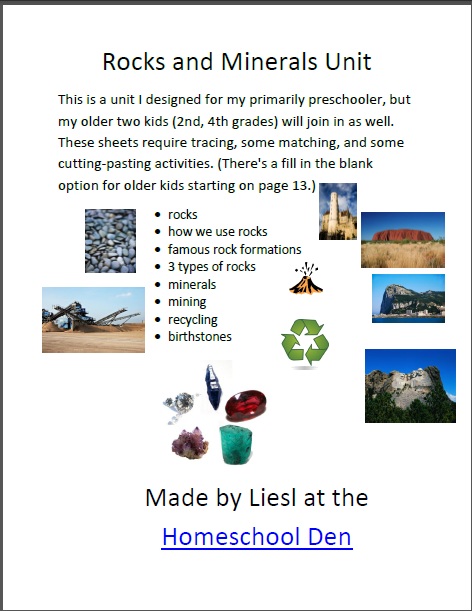
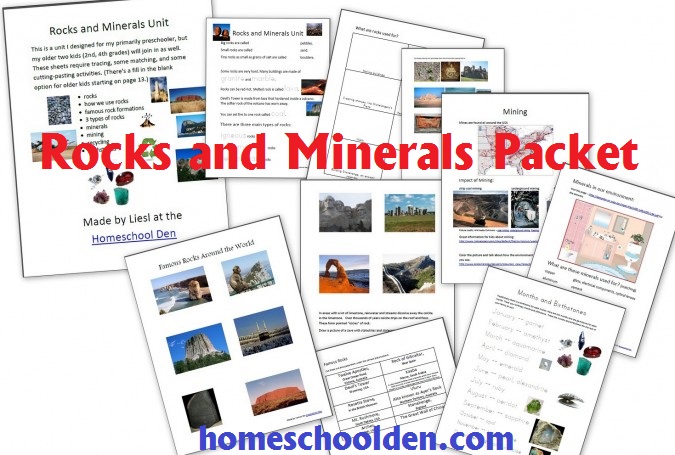
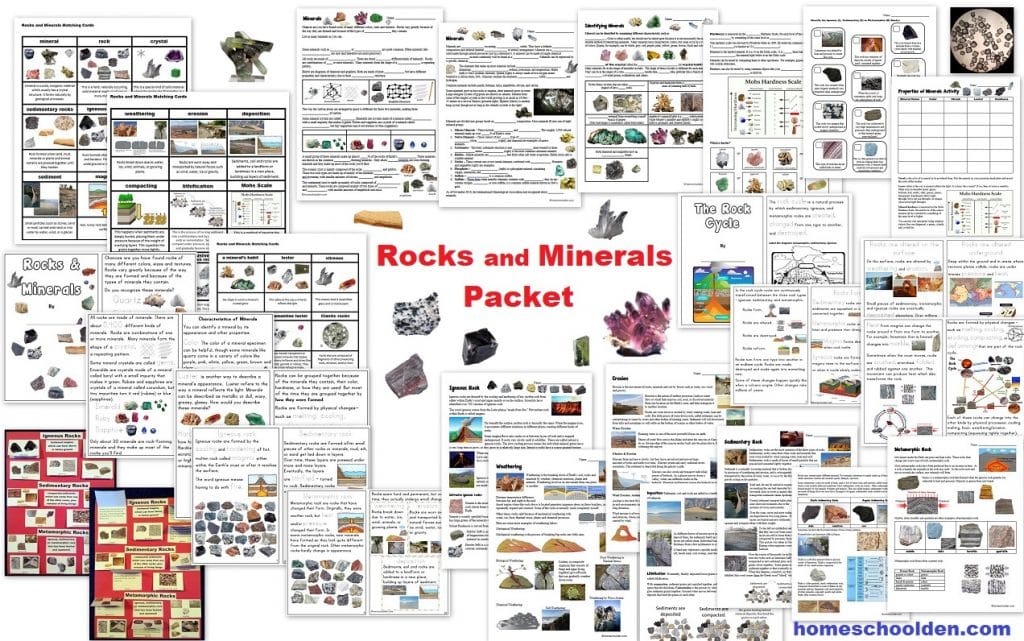
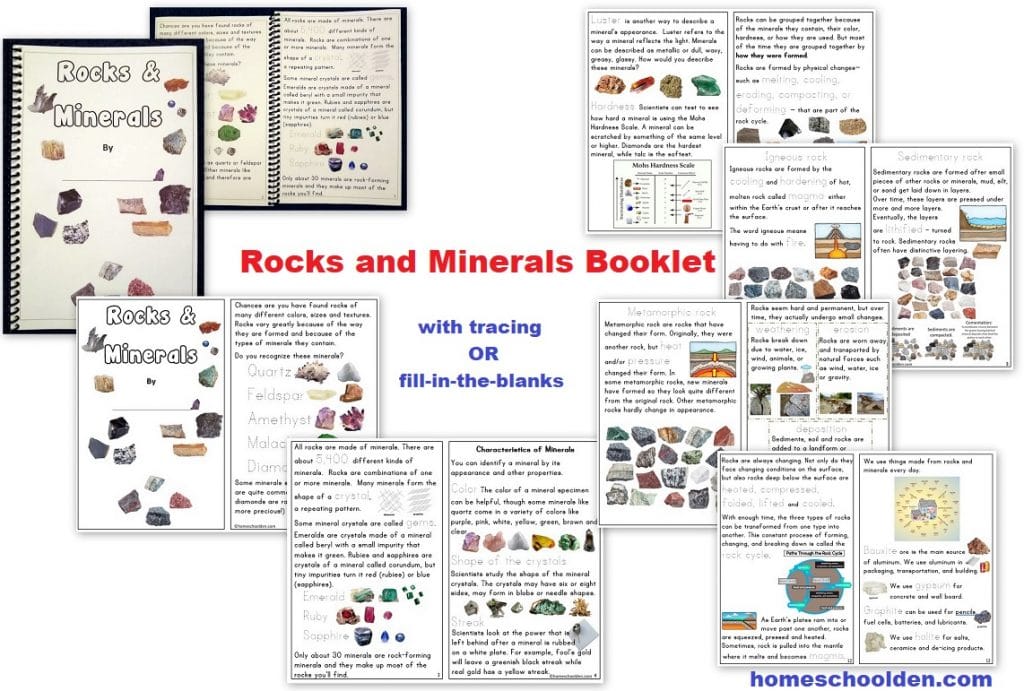
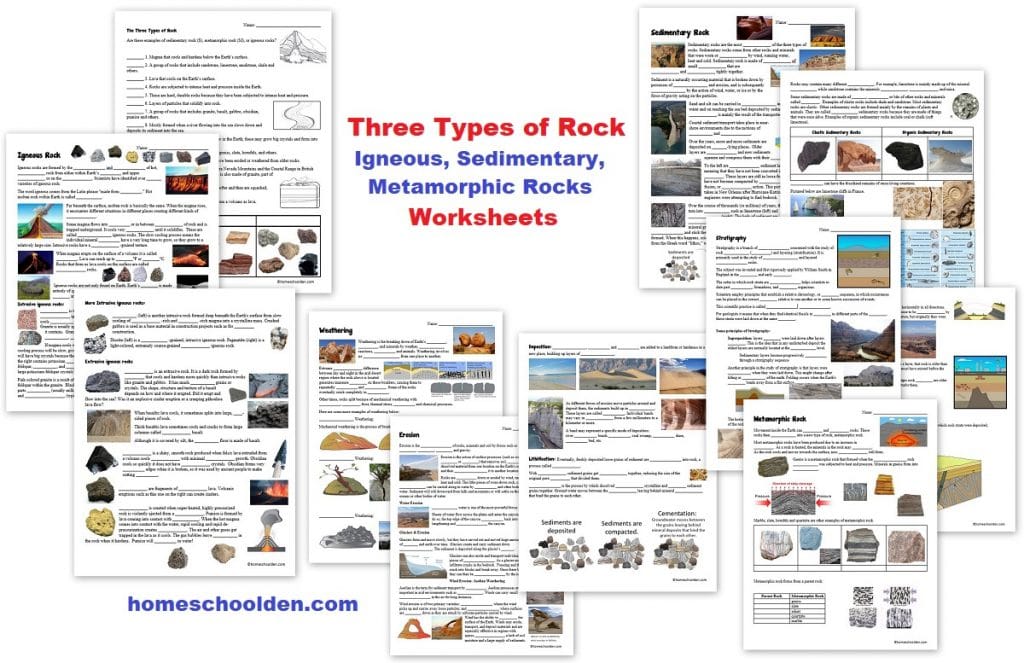
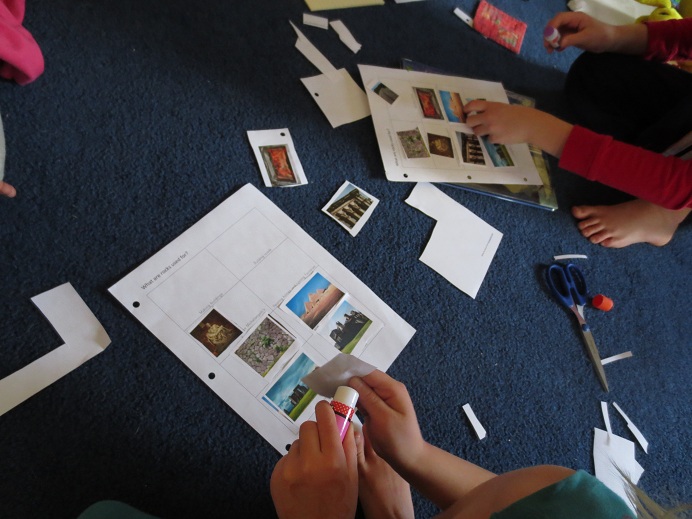
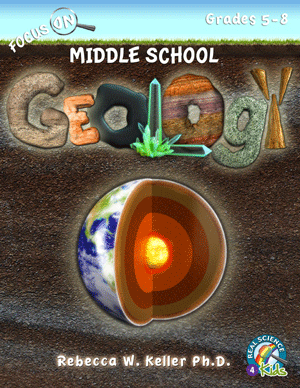
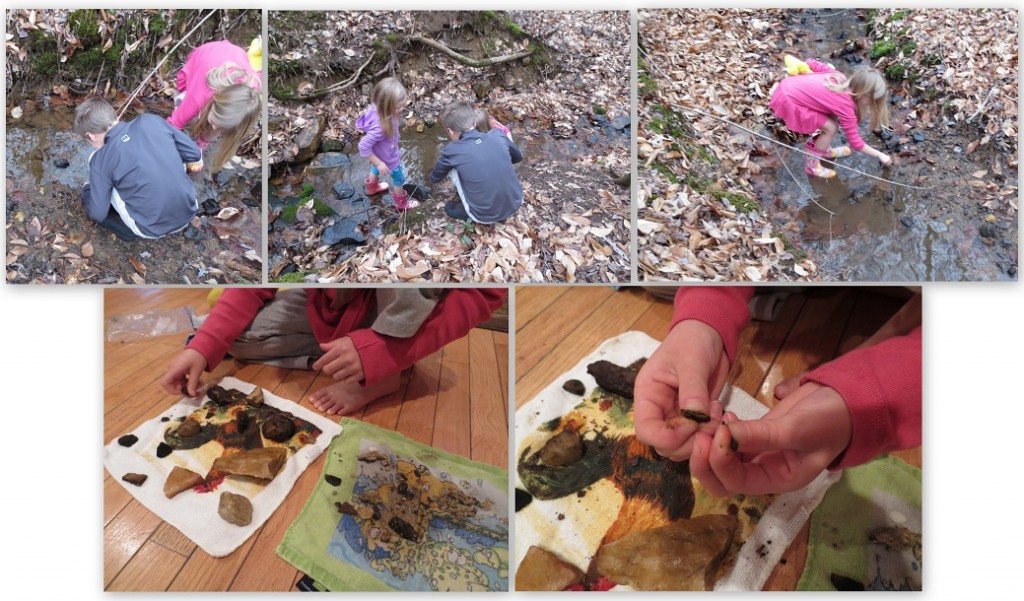
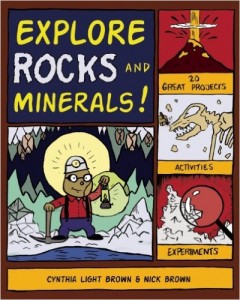
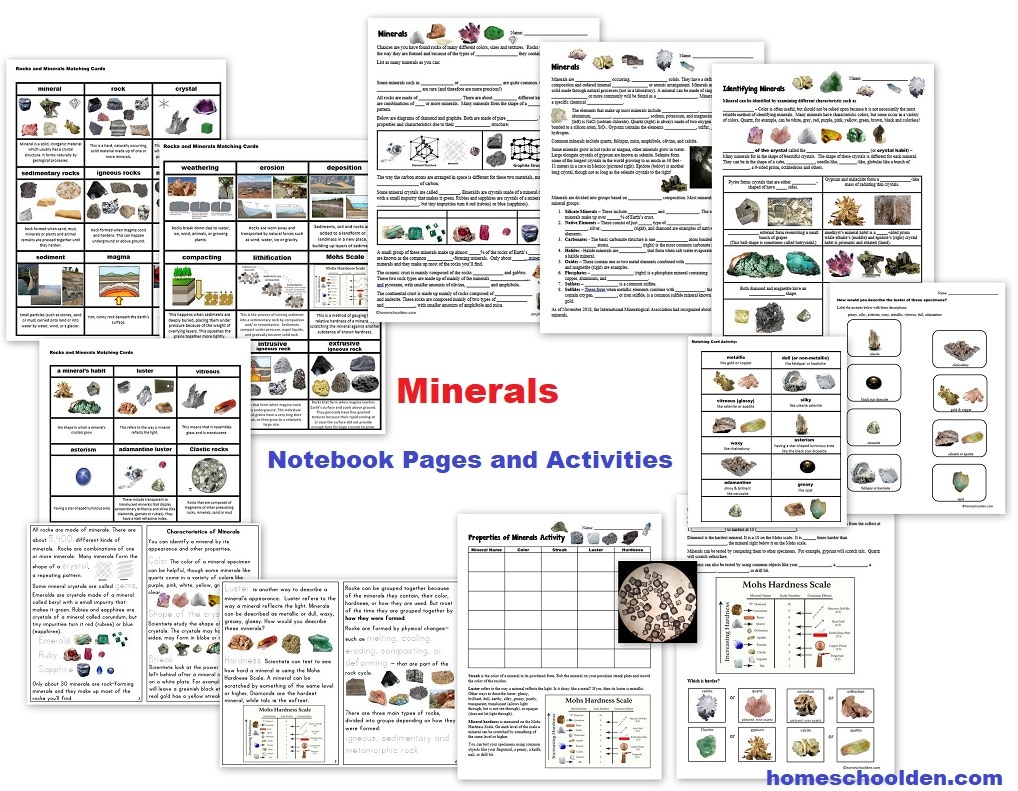
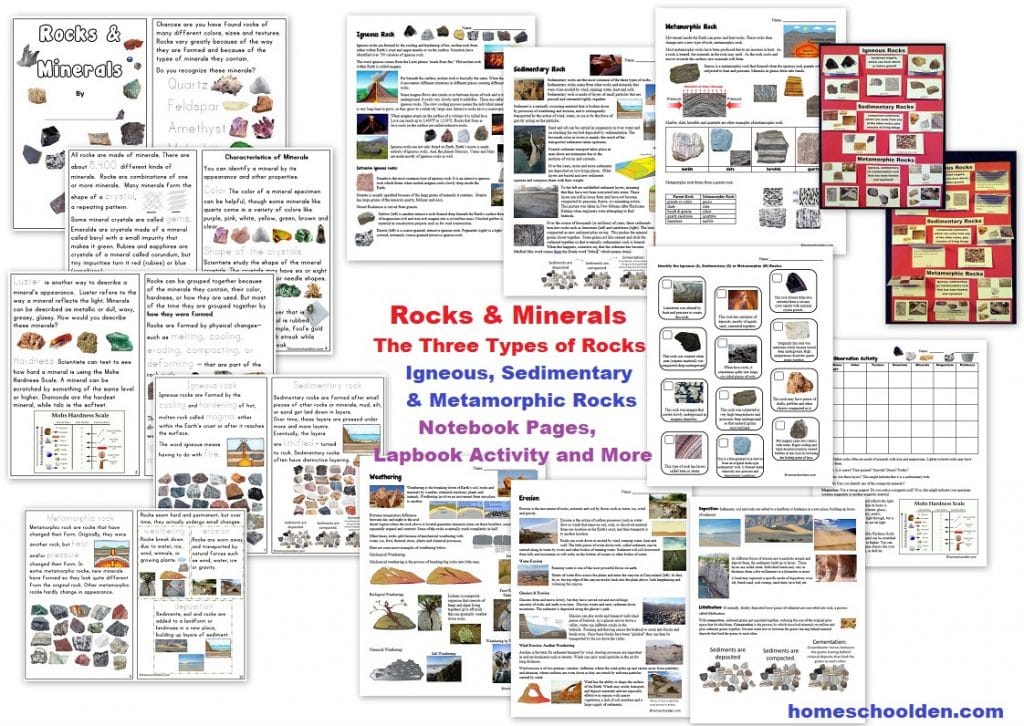
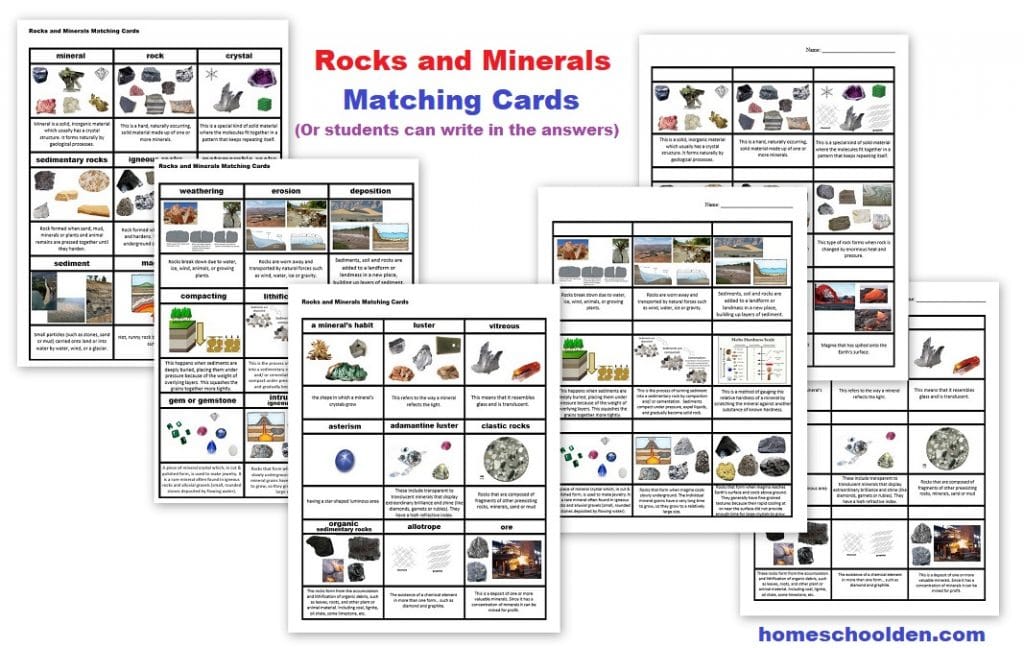
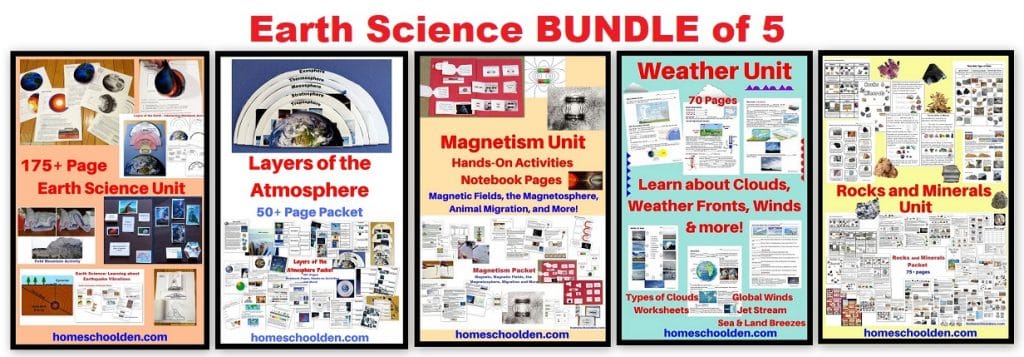
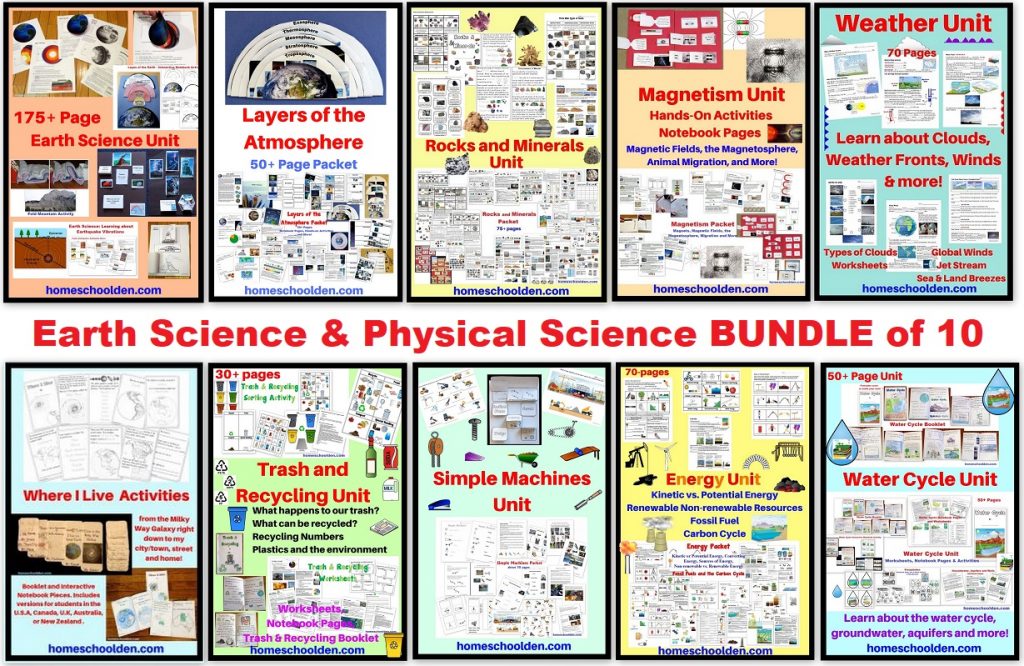
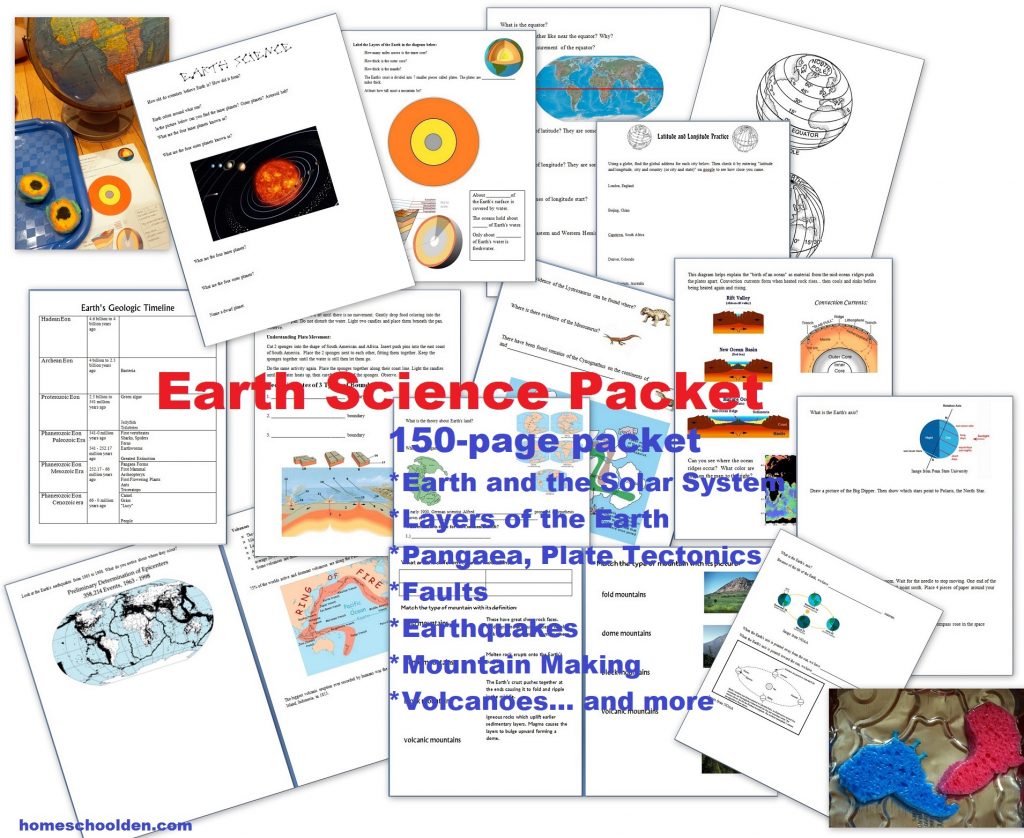
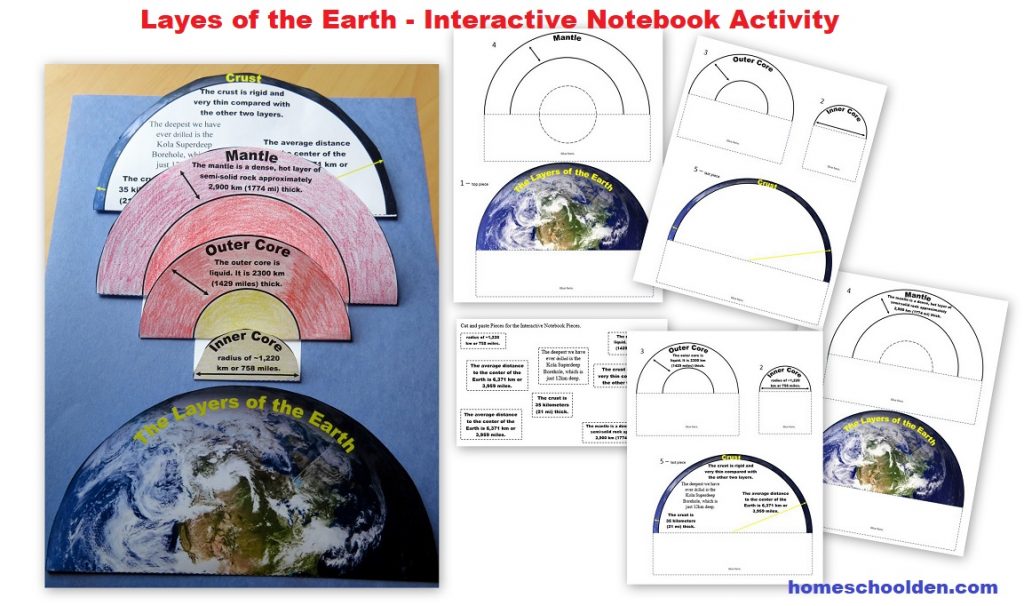
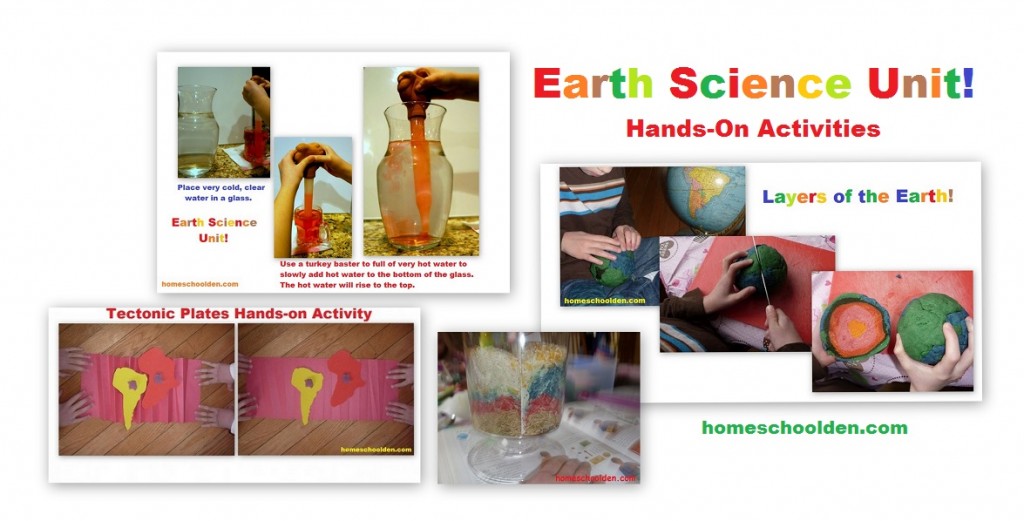
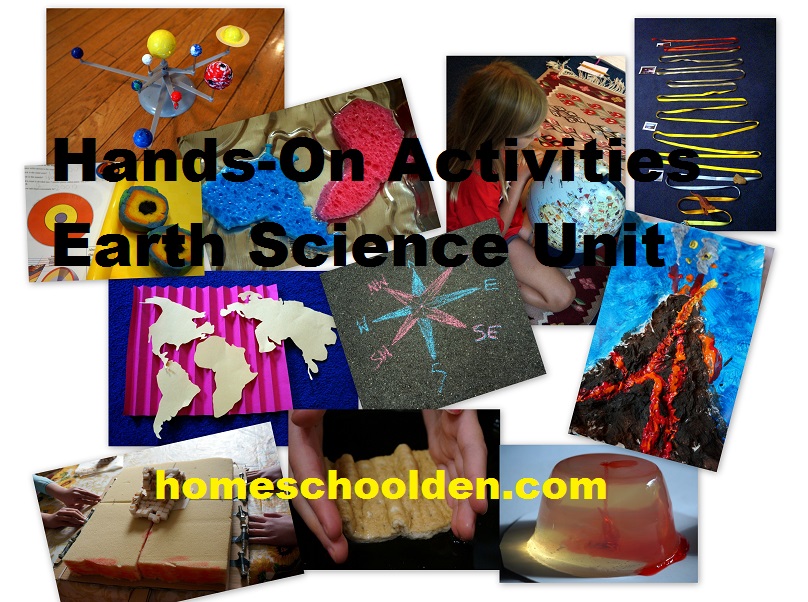
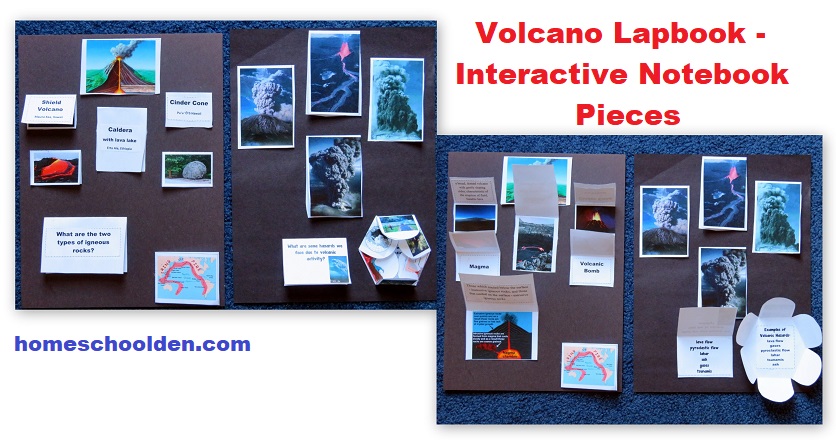
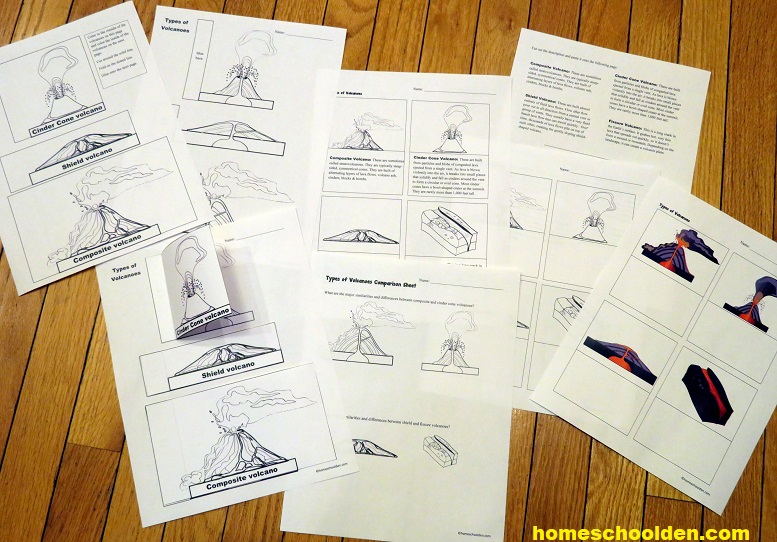
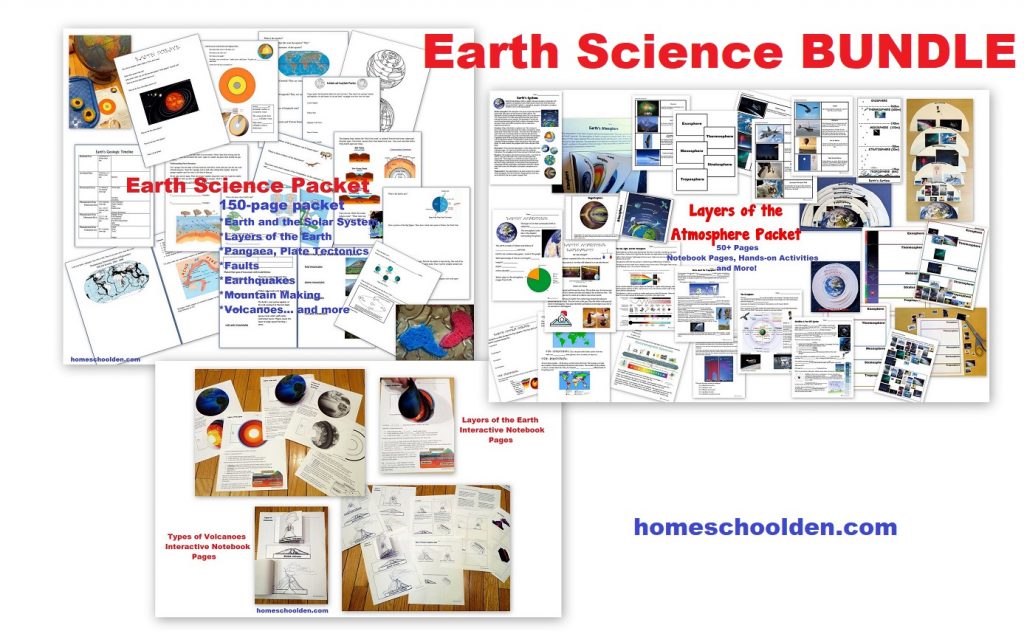
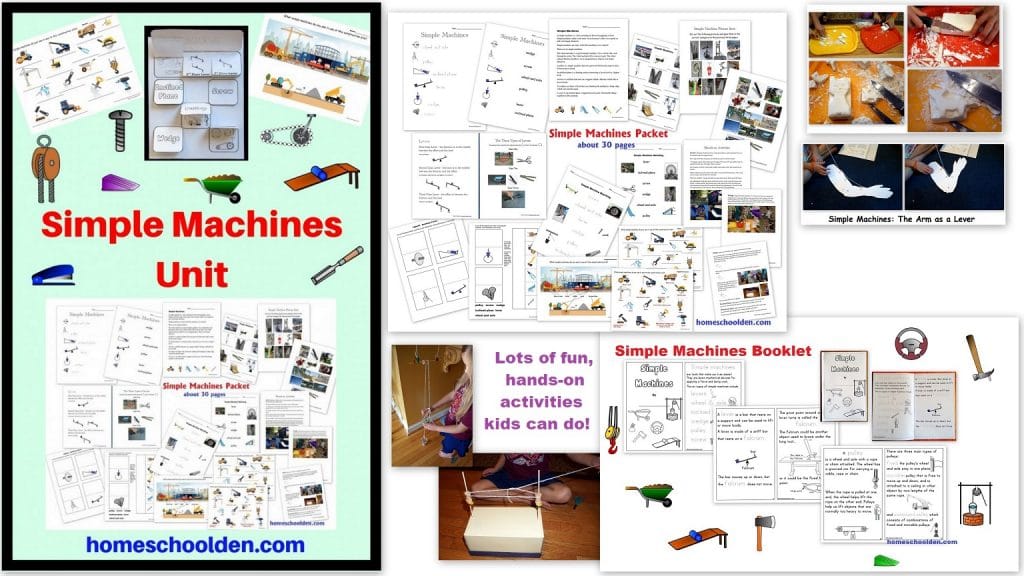
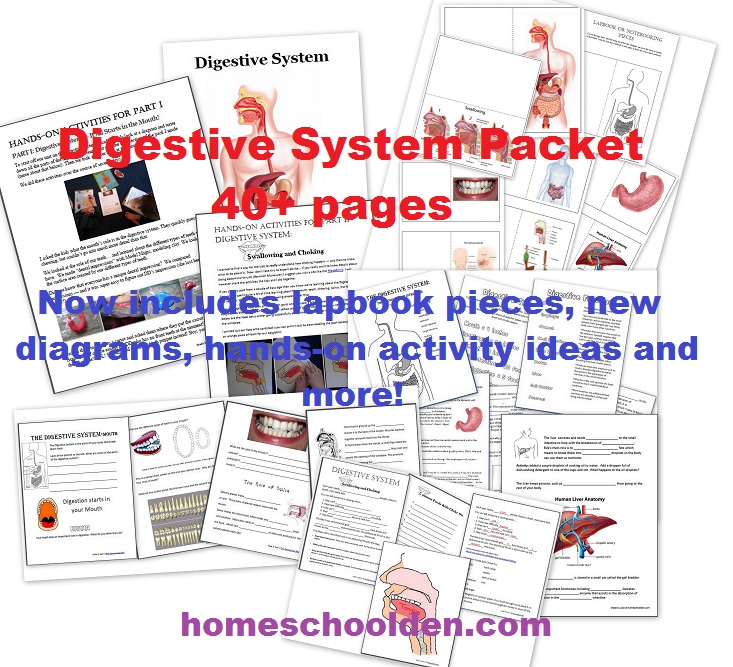
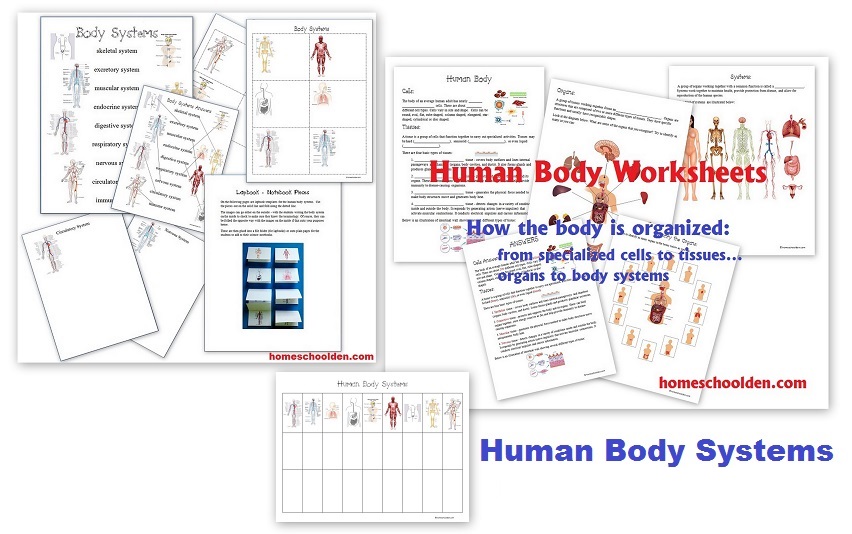
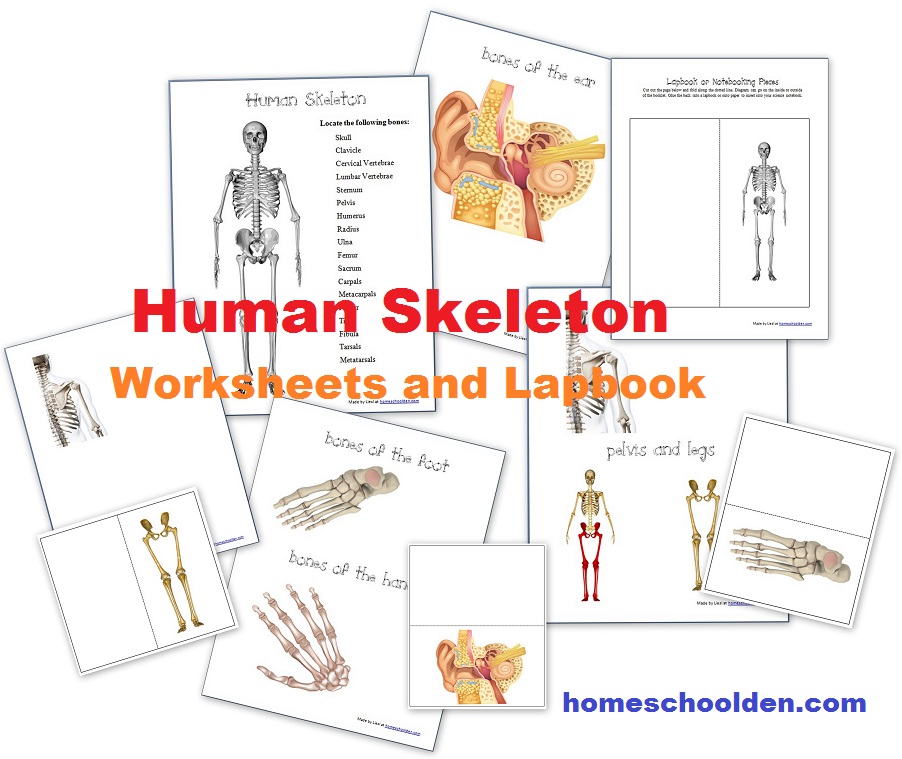
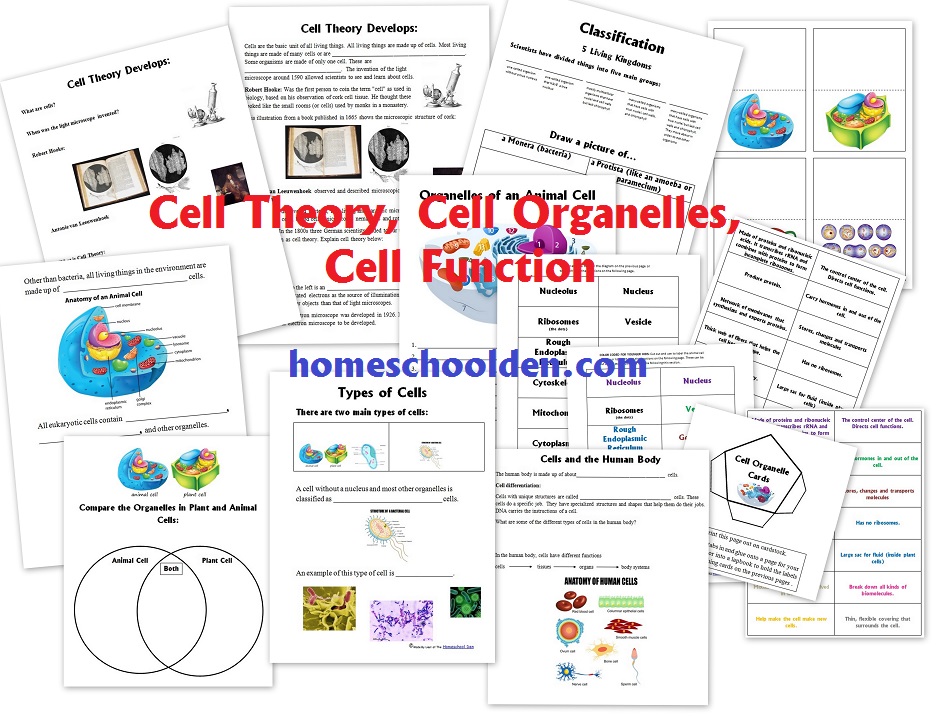
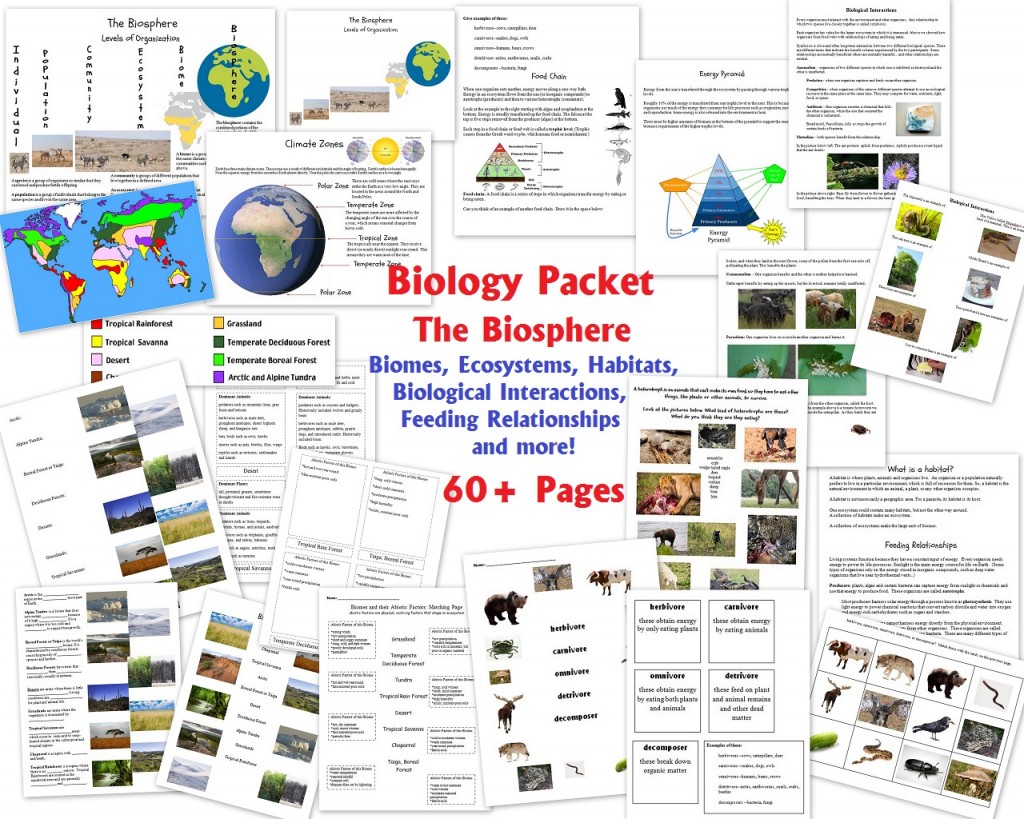
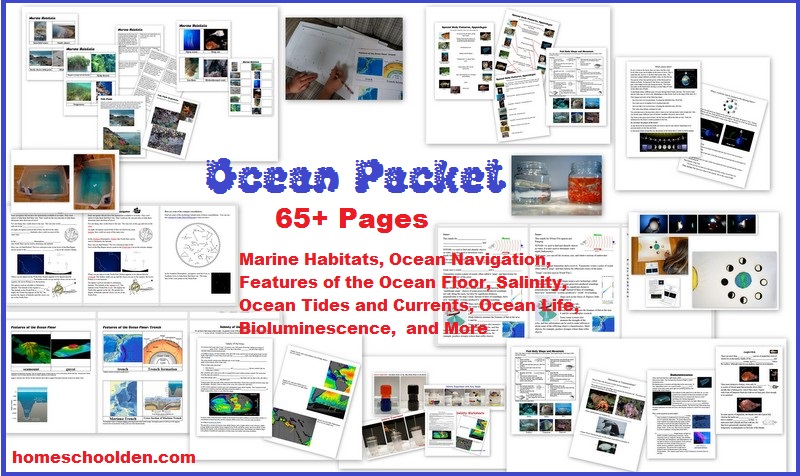
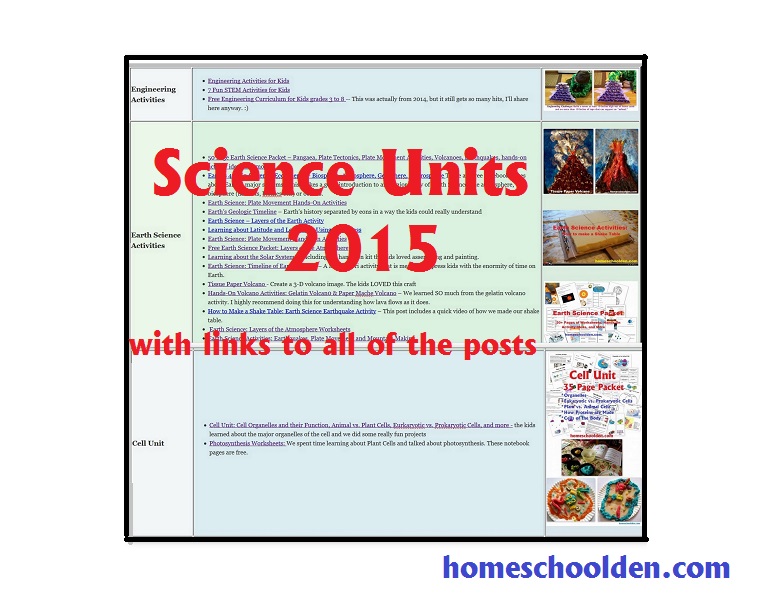
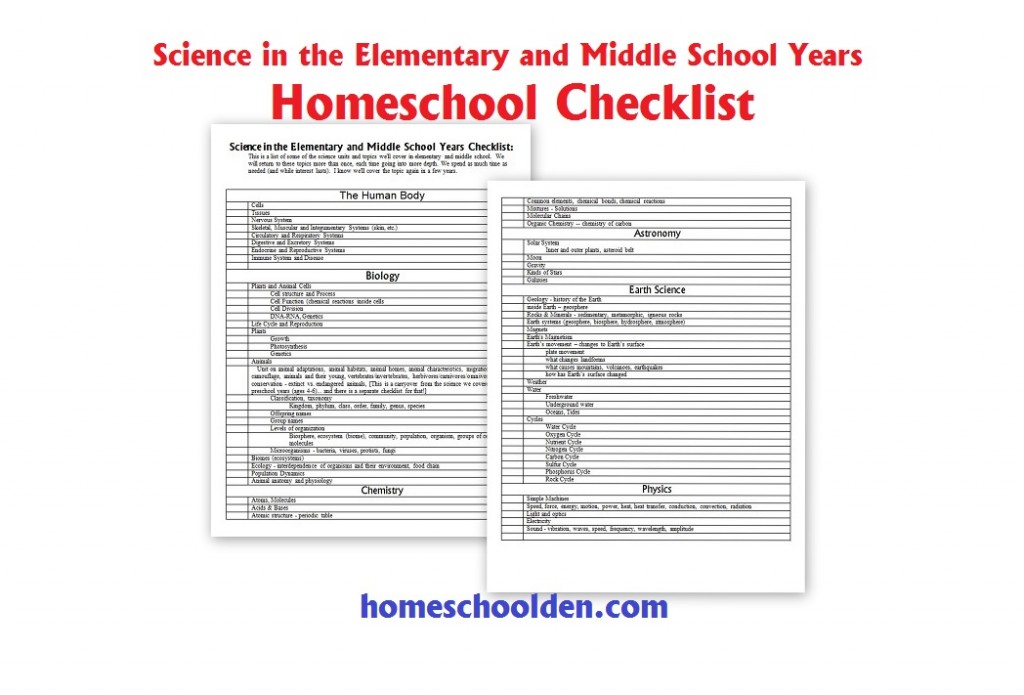

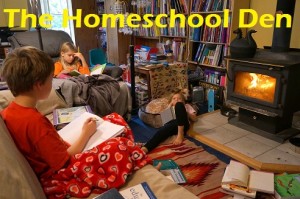
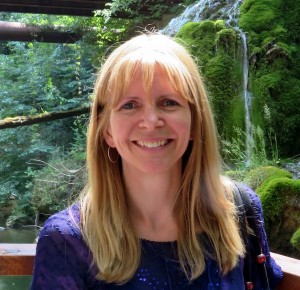
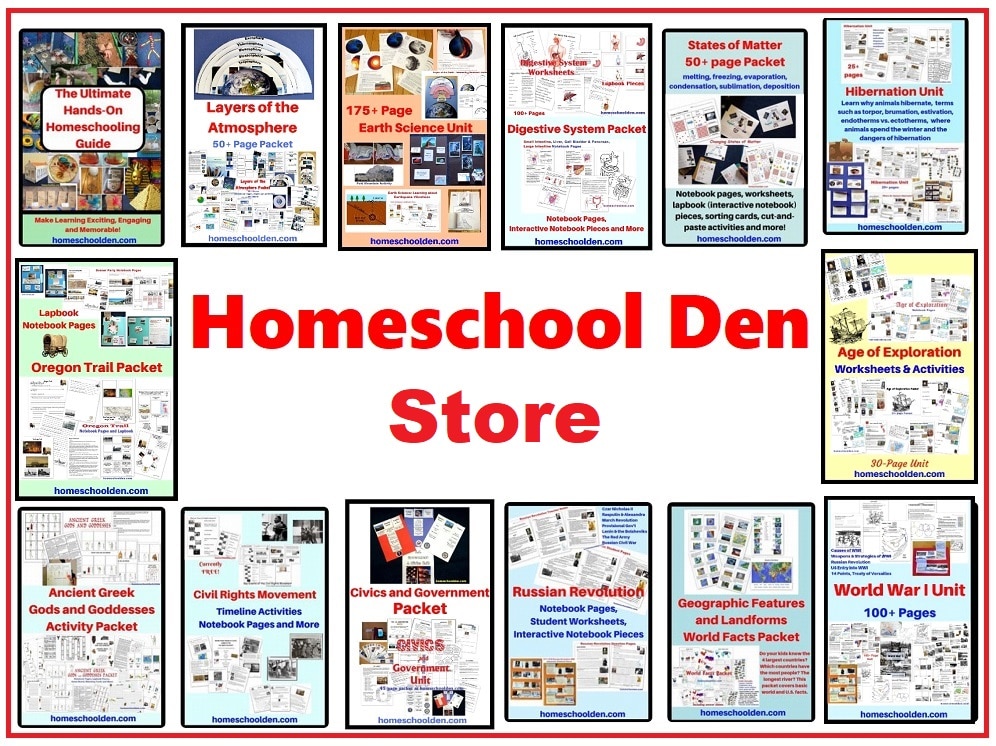
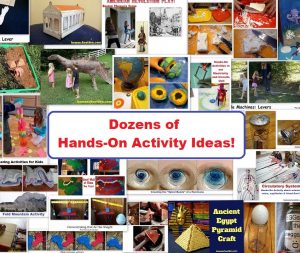


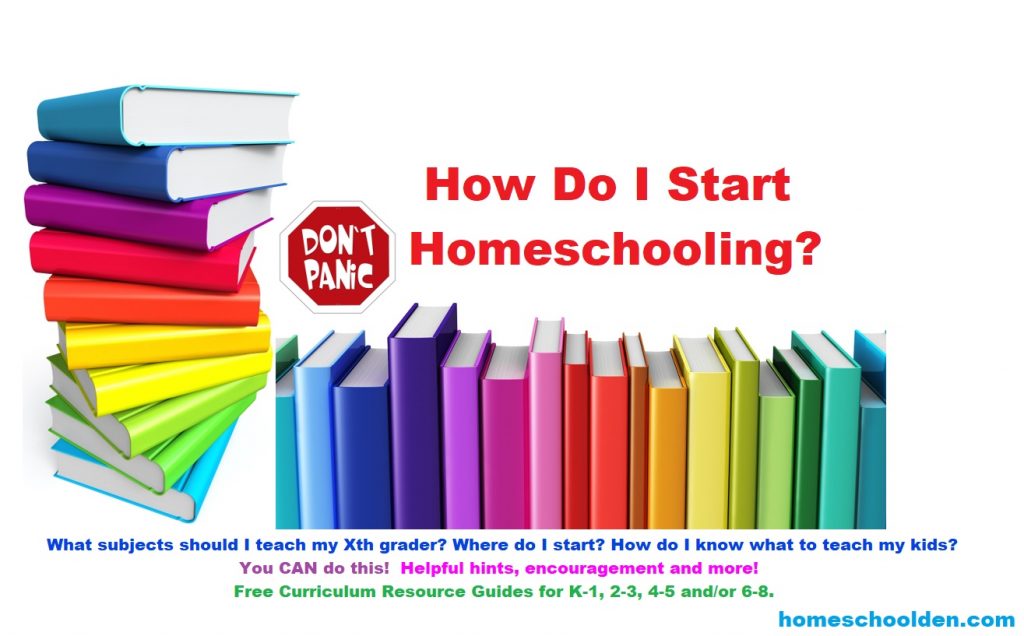
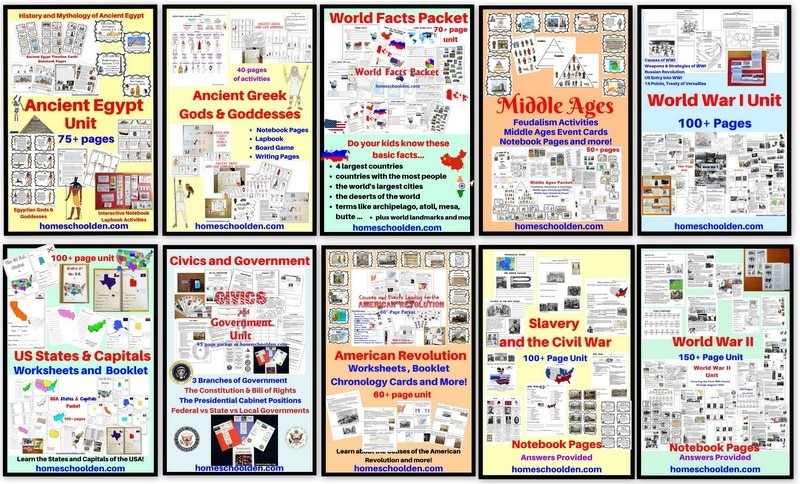
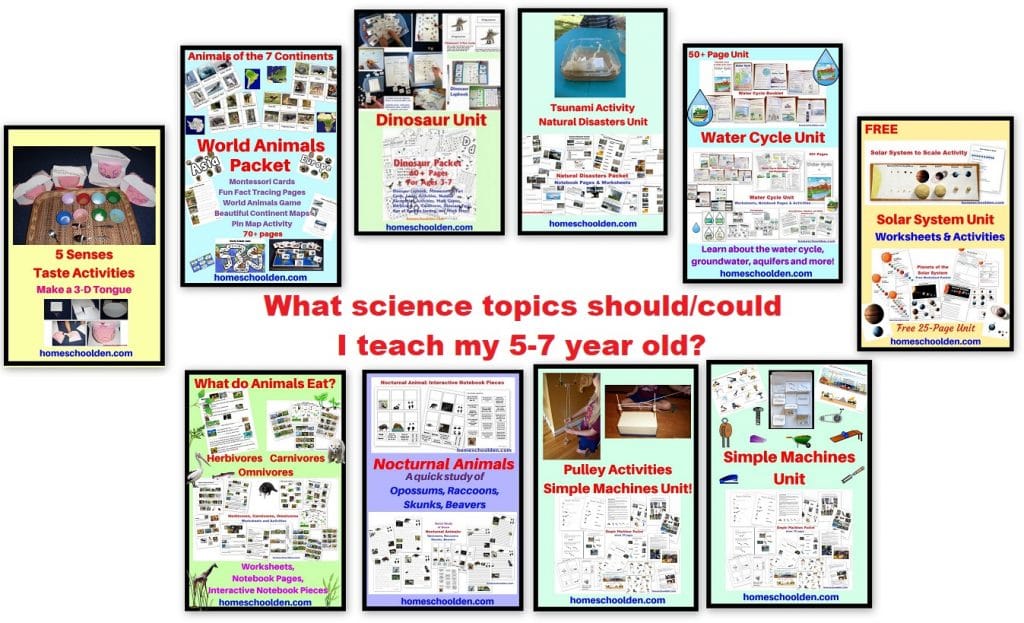

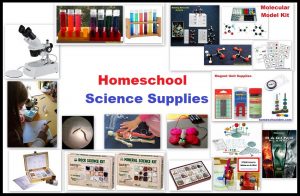
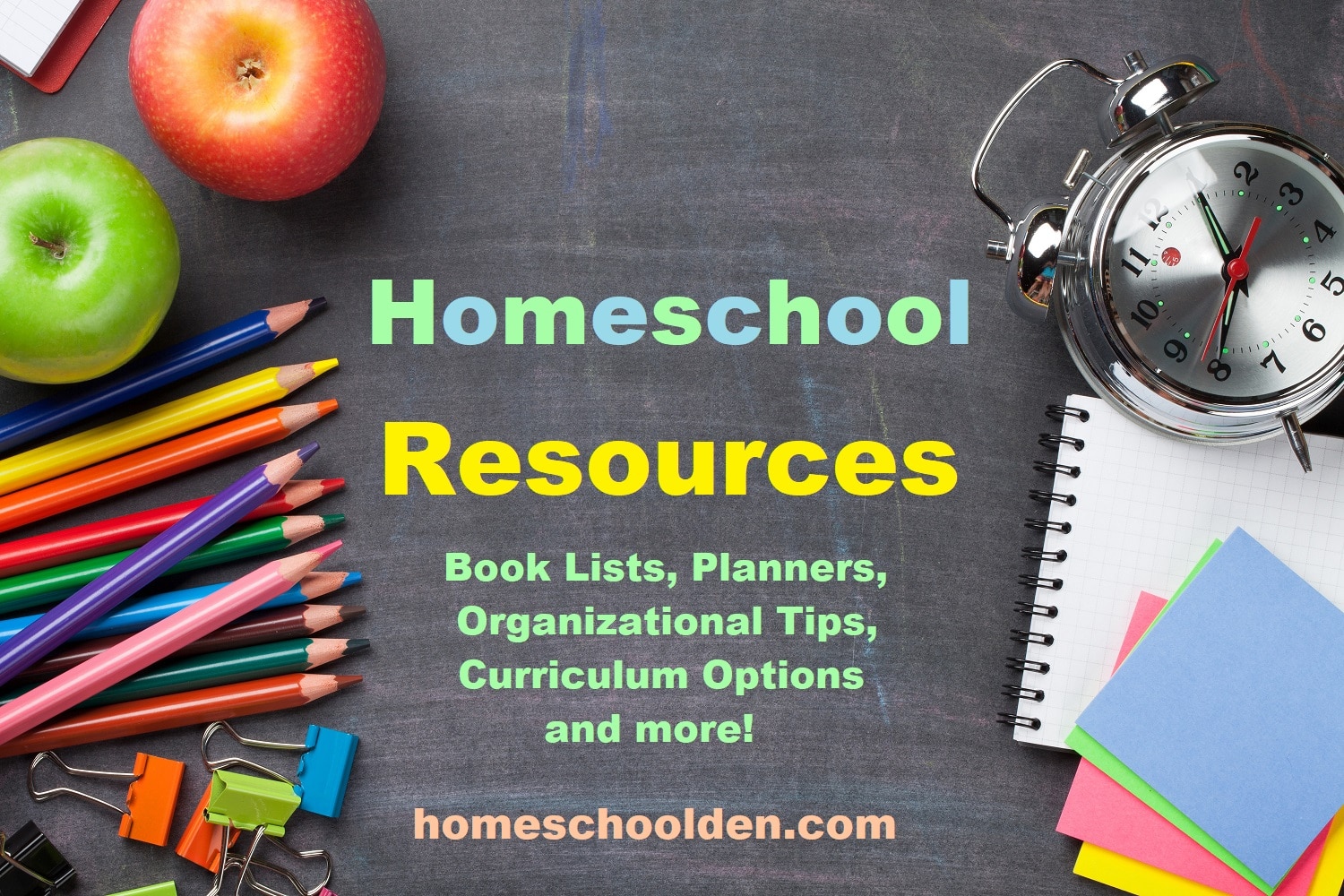
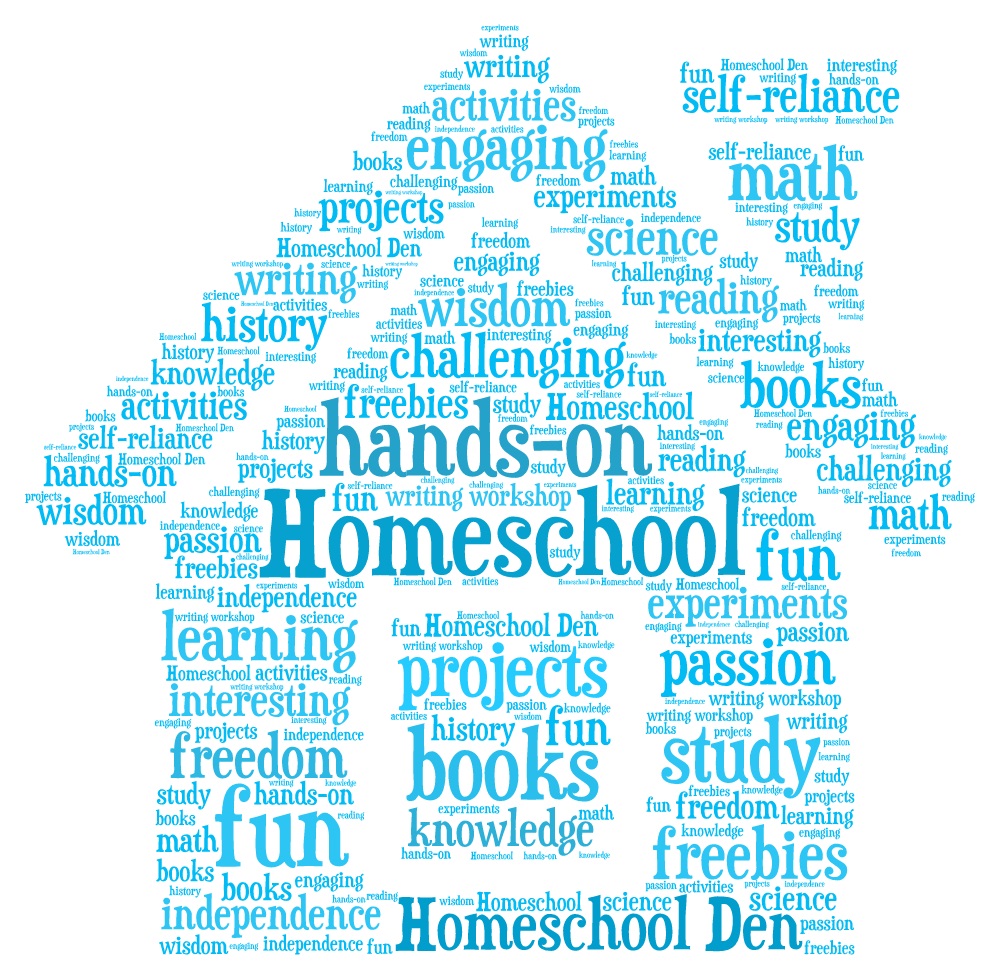
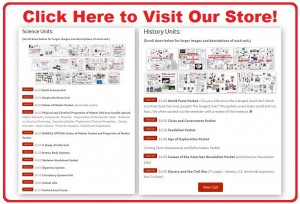
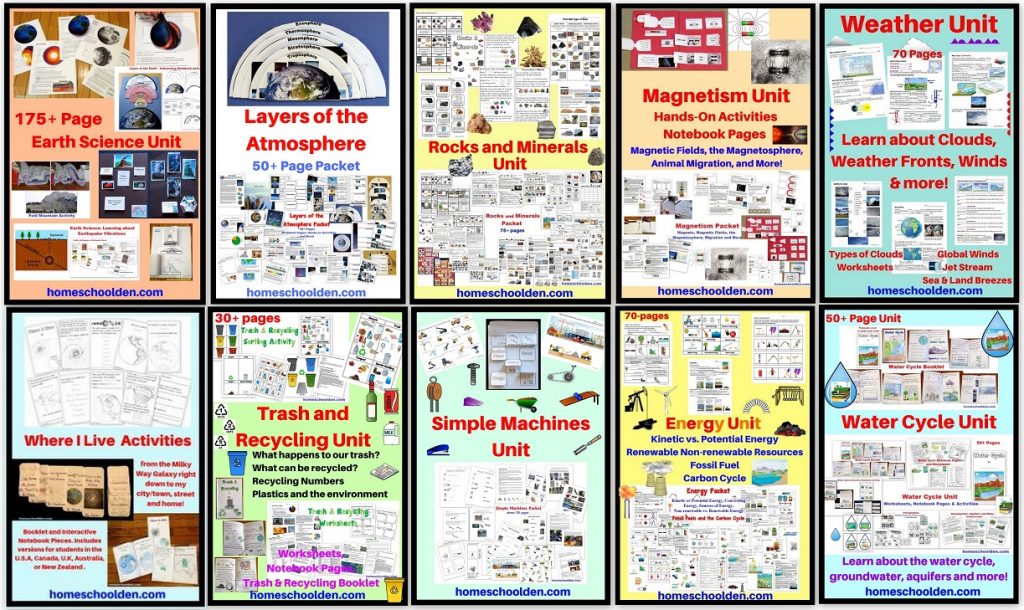
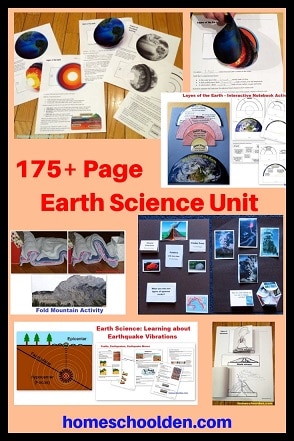
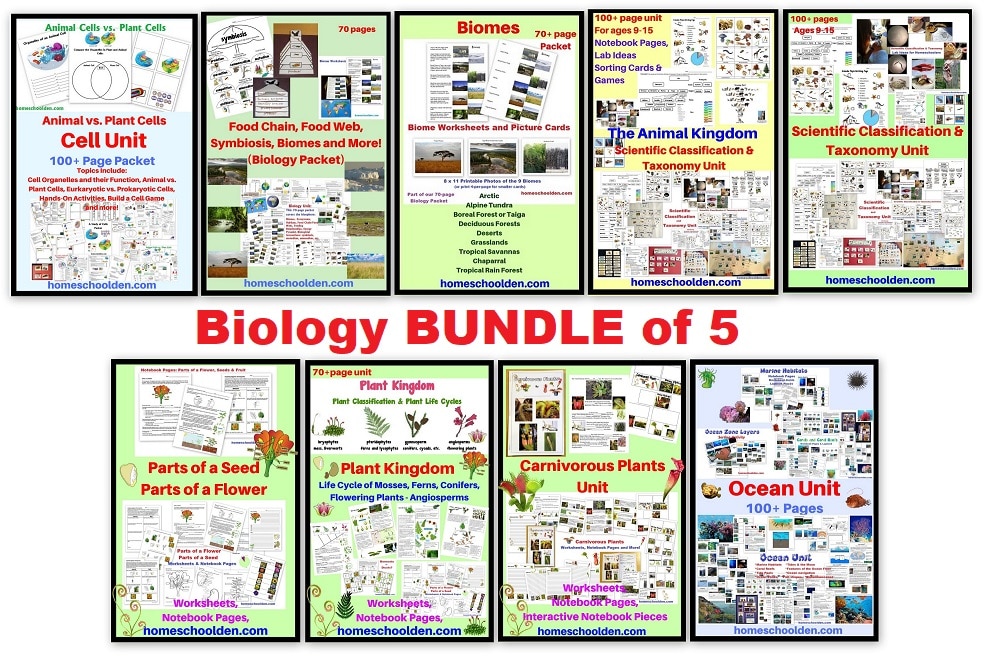
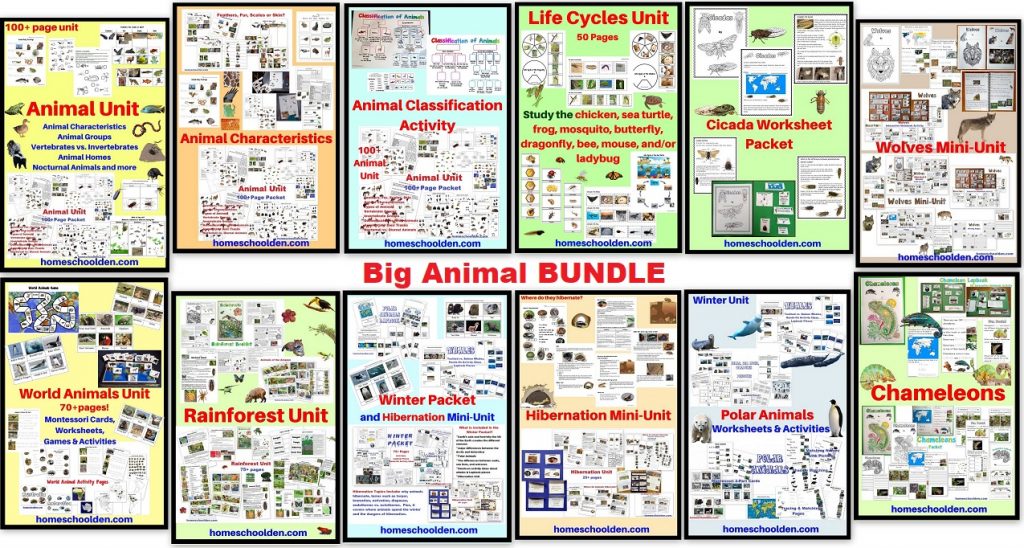
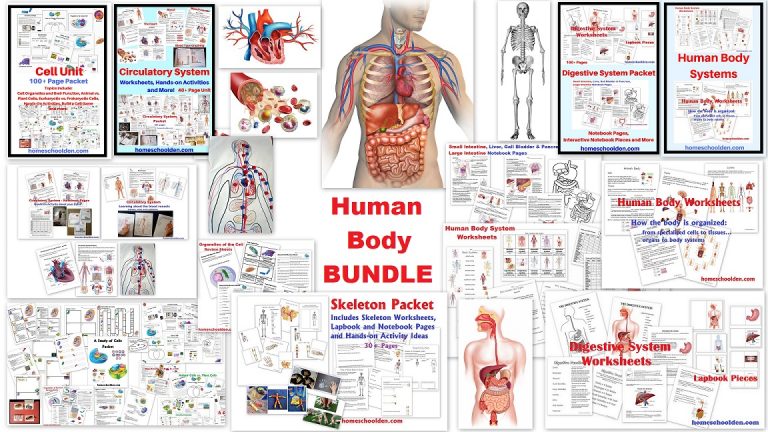
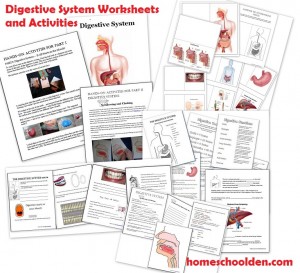


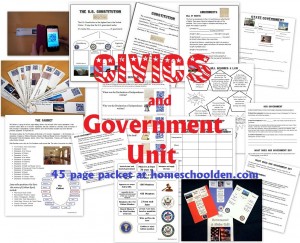
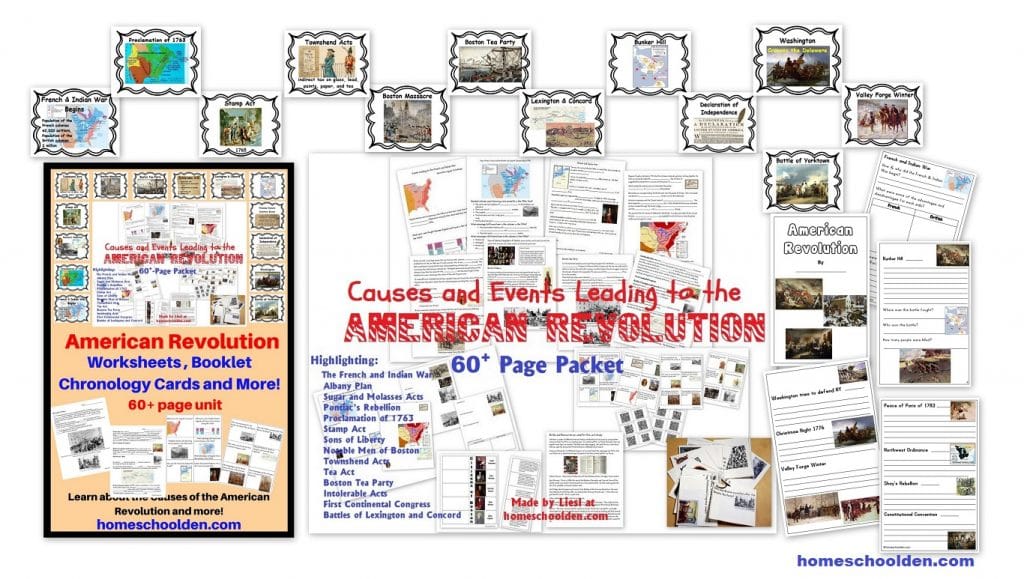
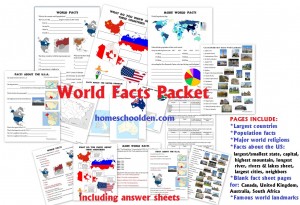
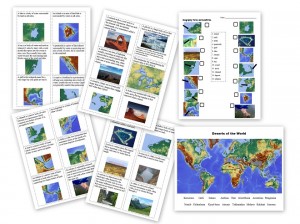
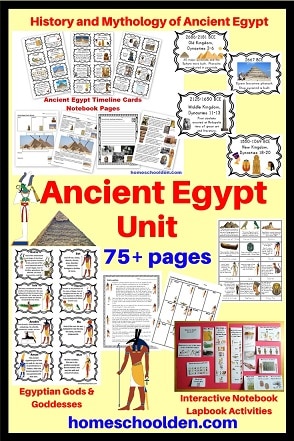
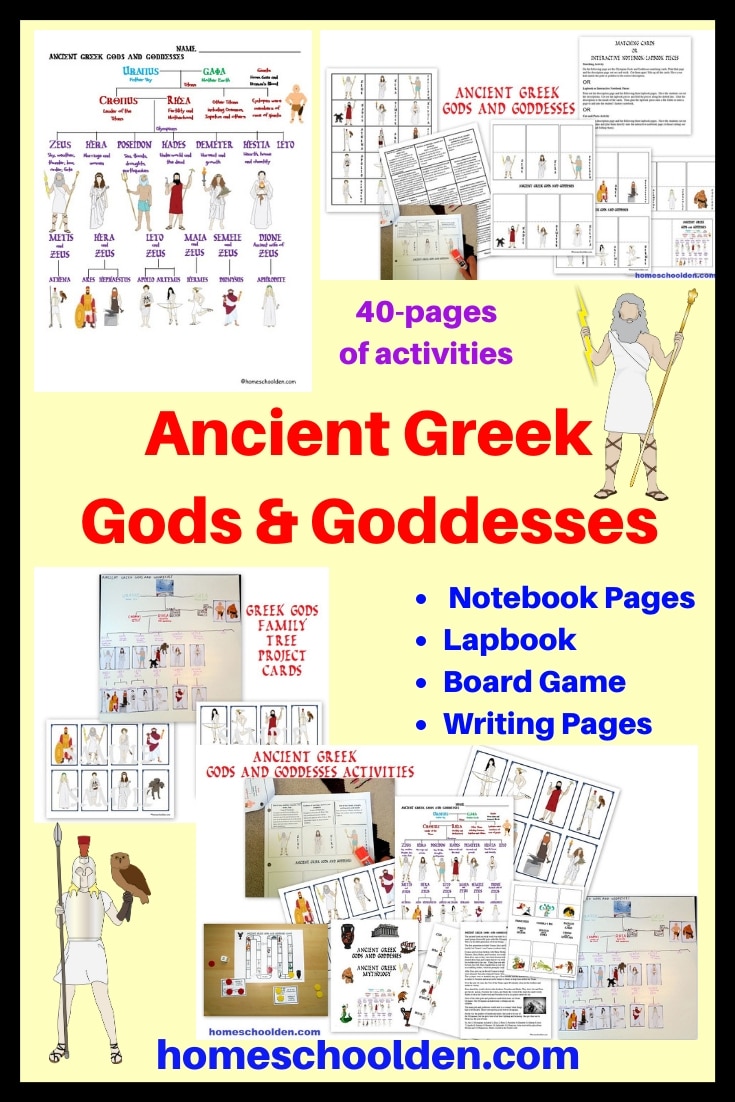


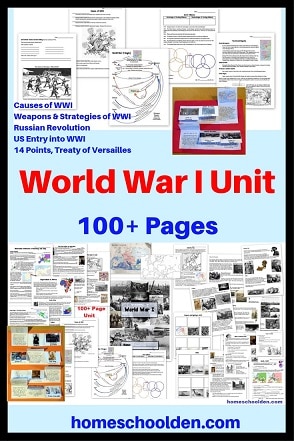
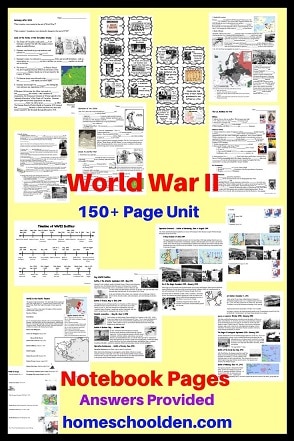
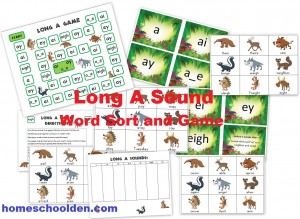
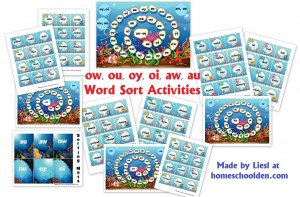
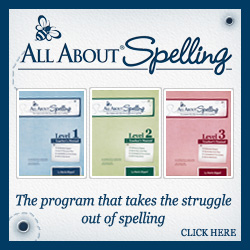
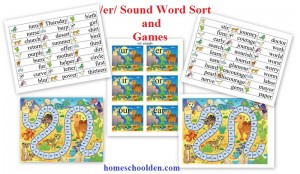
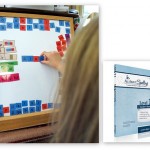
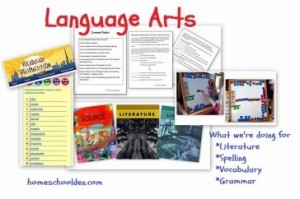
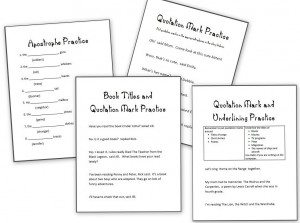

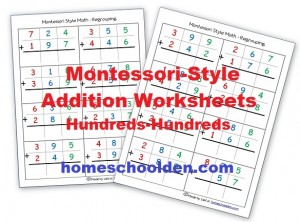
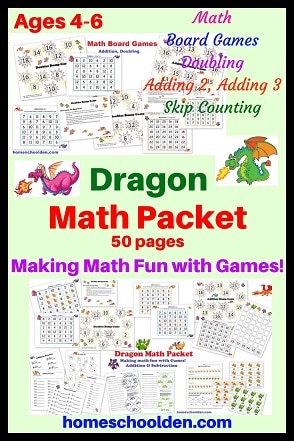
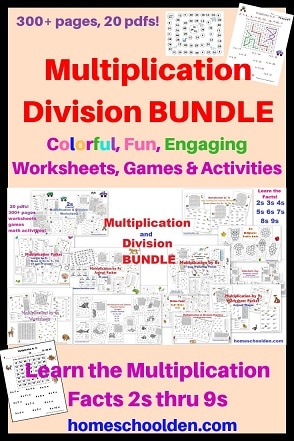
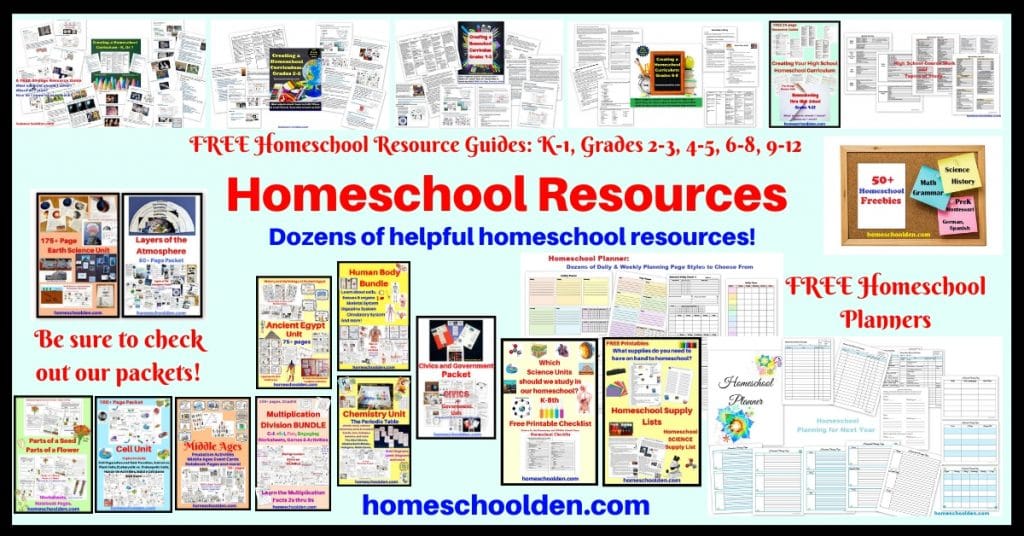
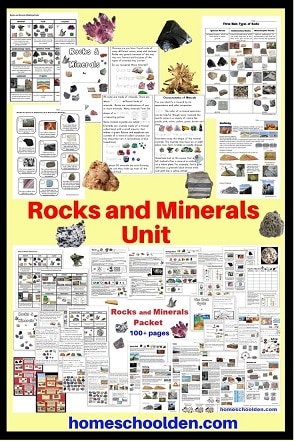
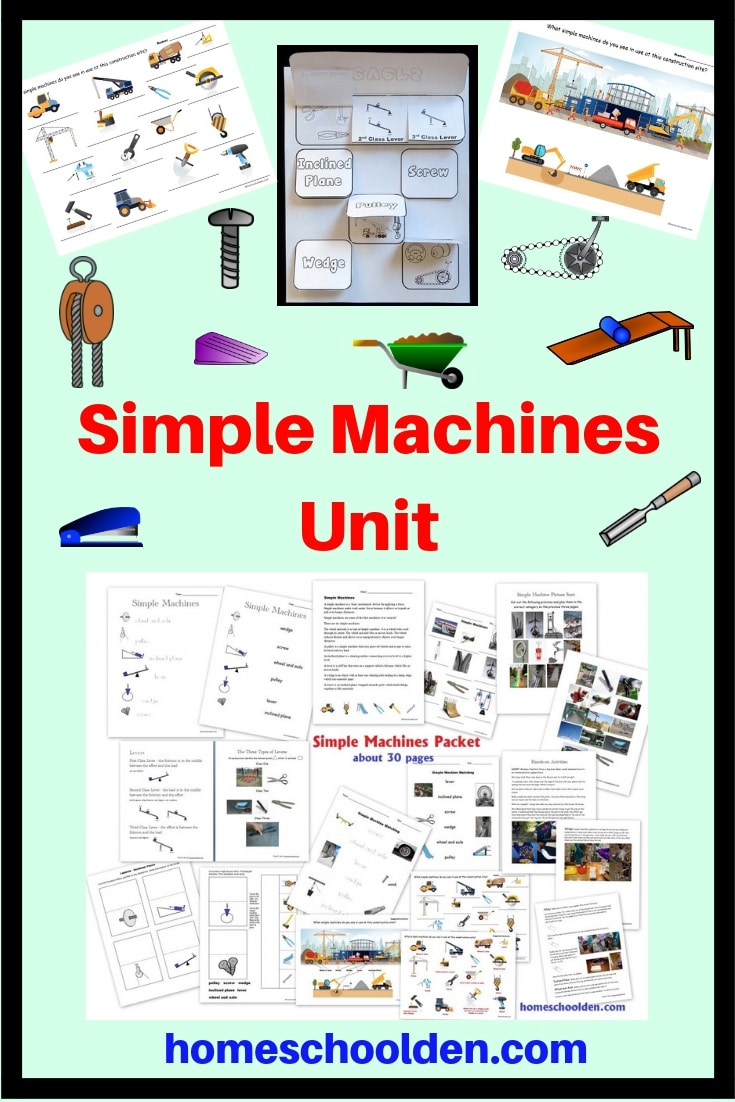
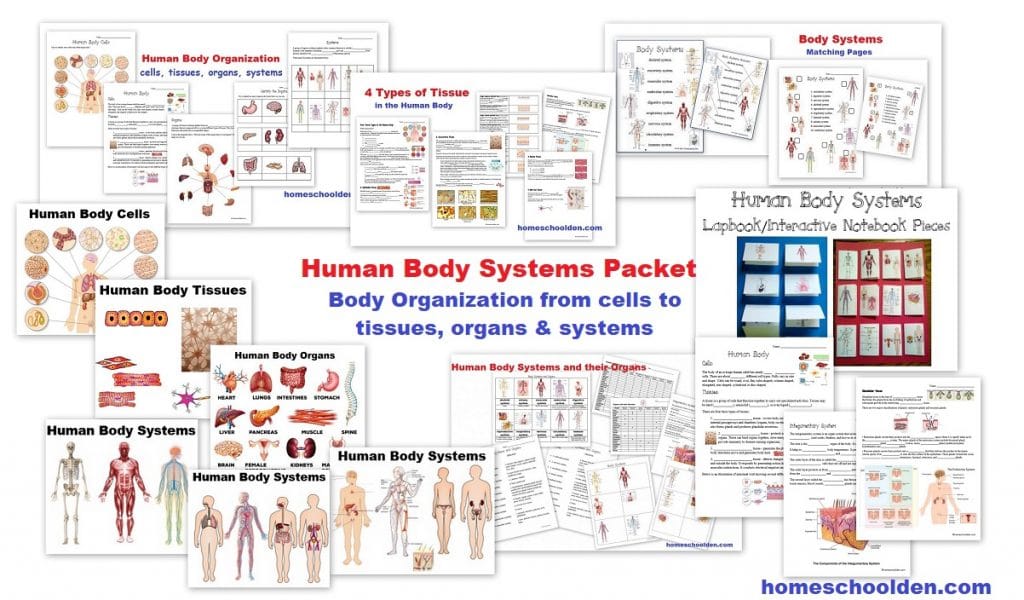
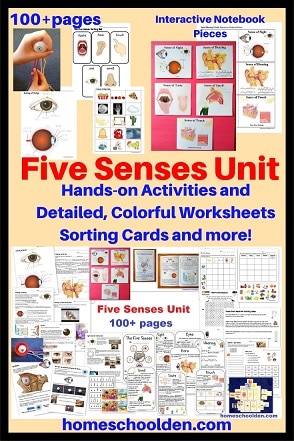
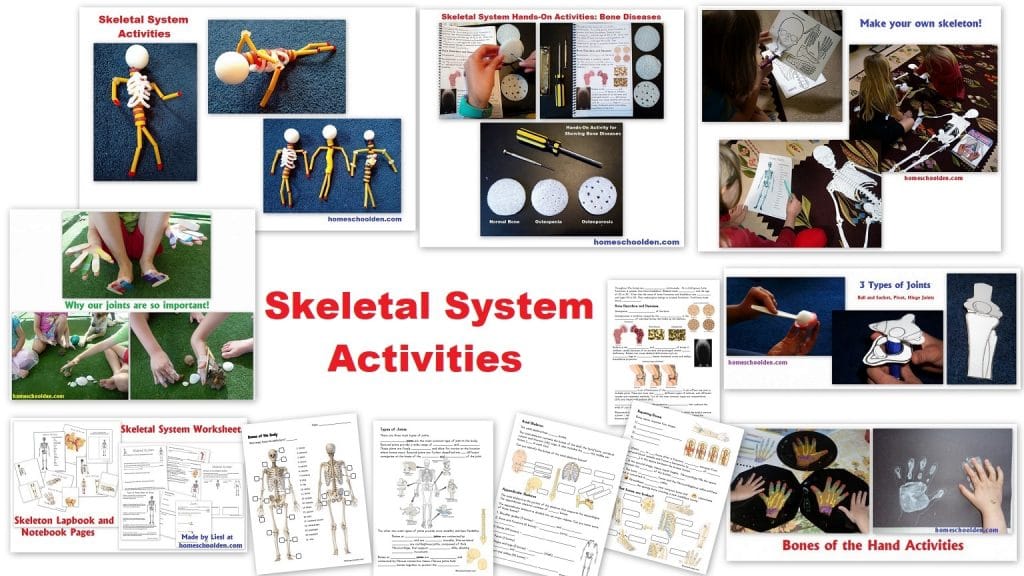
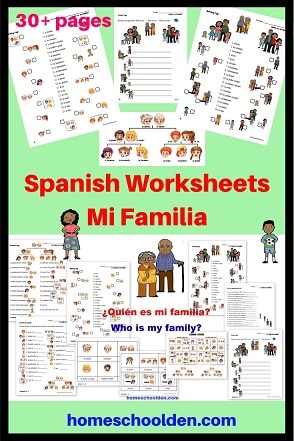
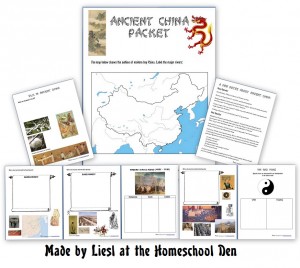
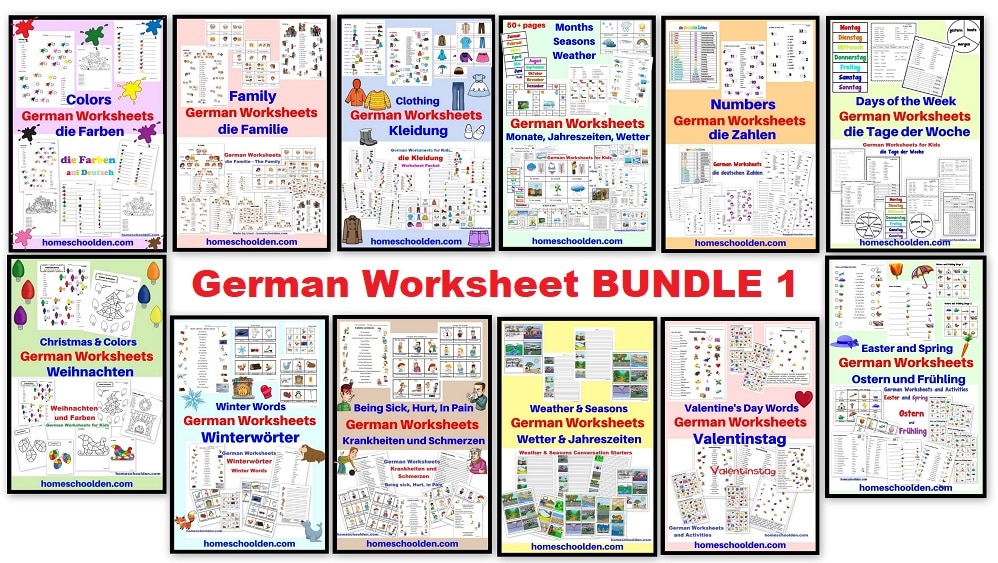
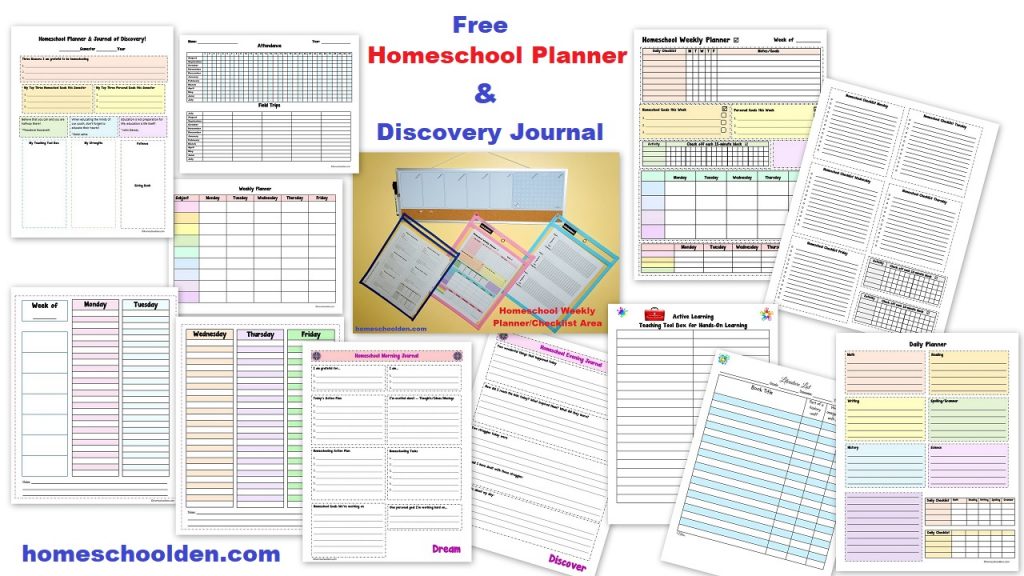
I love how you take one days activities and draw them out across several posts. Much easier reading. Do you do more mundane school activities the rest of the time or just post the highlights?
That is such a great question! My answer went on and on and on, so I’m turning it into a post for Wednesday to tell you a bit more about our daily/regular school stuff! ~Liesl
Thank you for posting this! We are about to start a rock study and I have kids in both age ranges you included. Can’t wait to work on this!
Great! Glad you’ll find them helpful!
Thank you for posting this! We are about to start a rock study and I have kids in both age ranges you included. Can’t wait to work on this!
Great! Glad you’ll find them helpful!